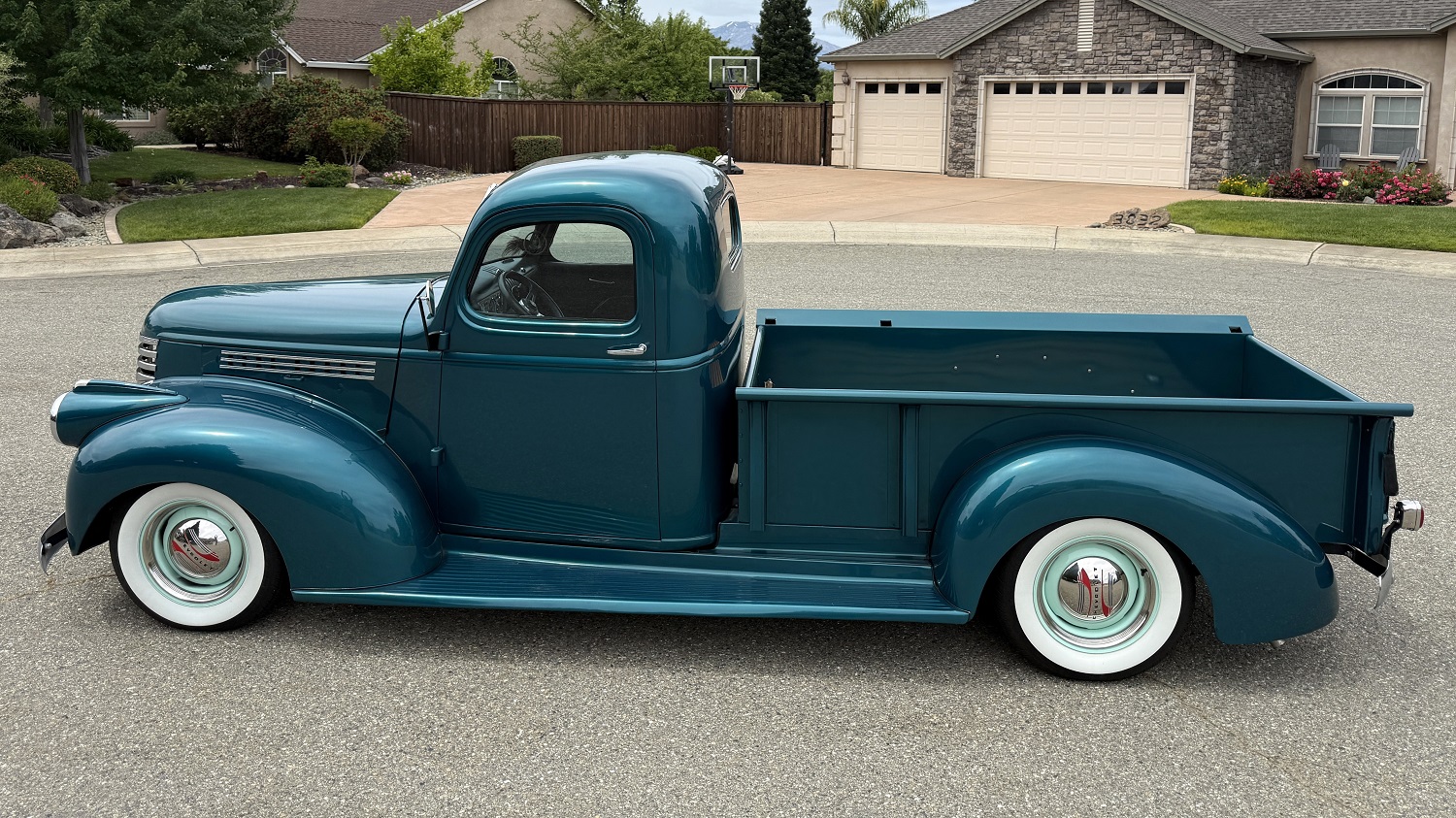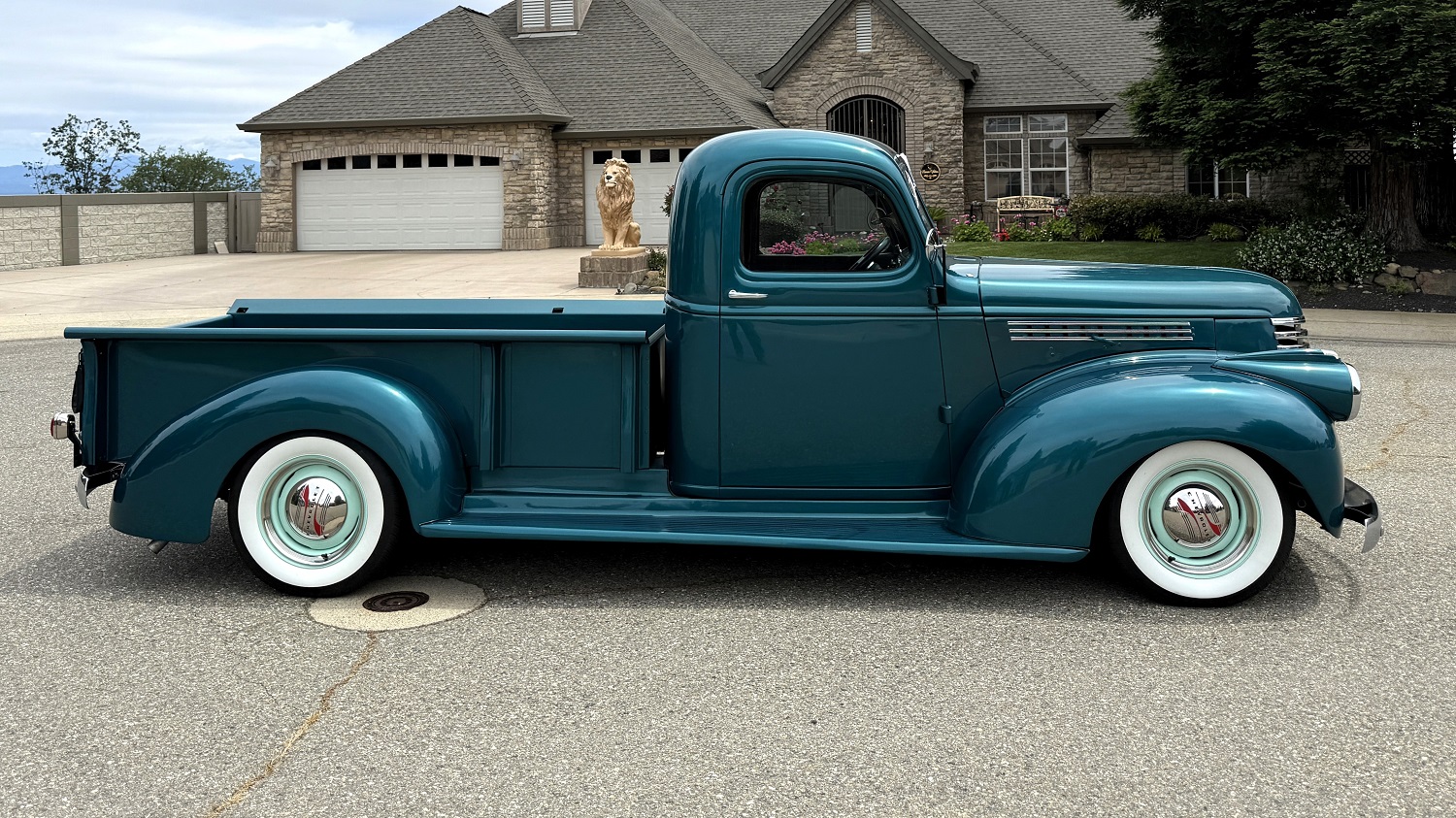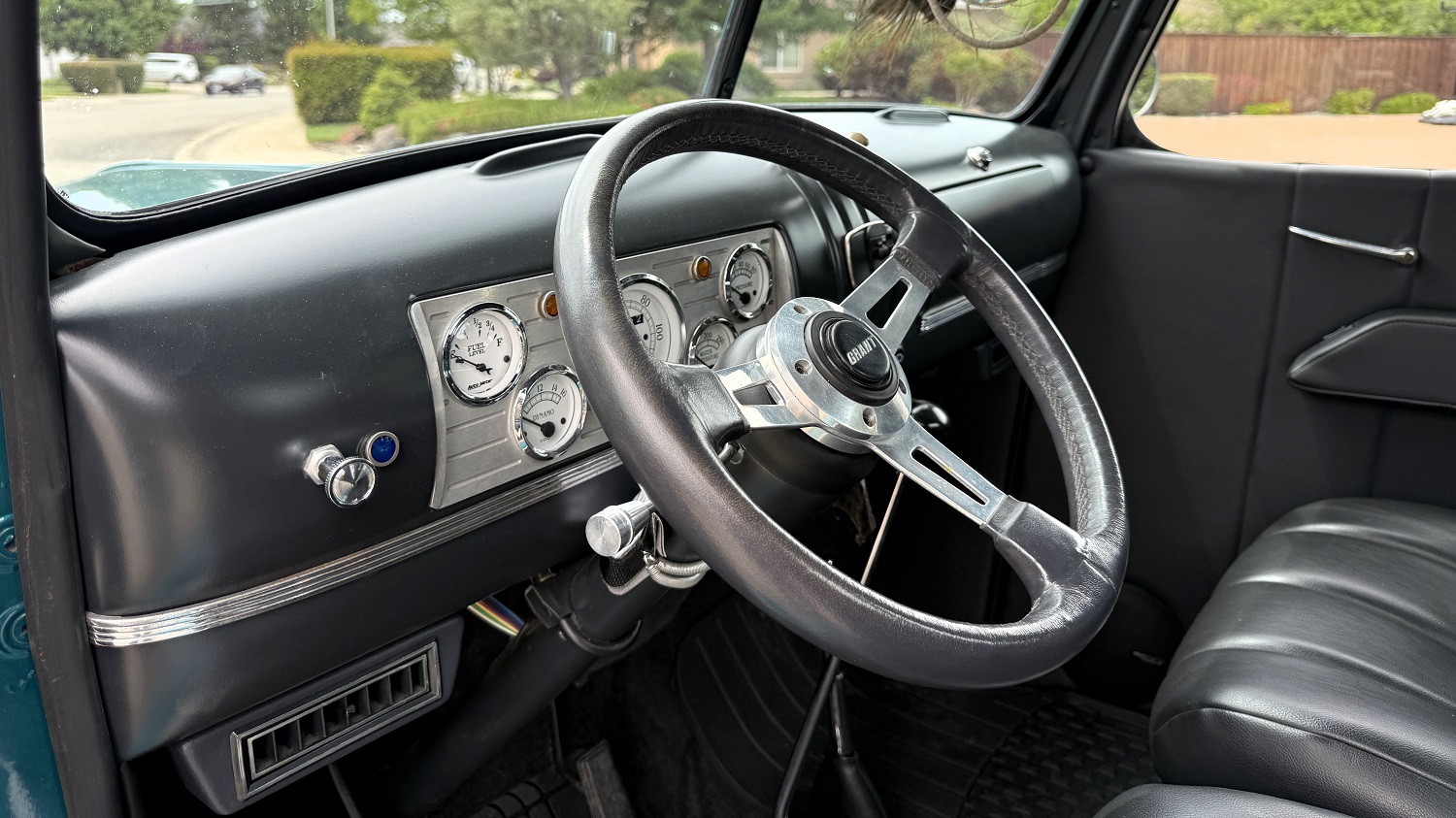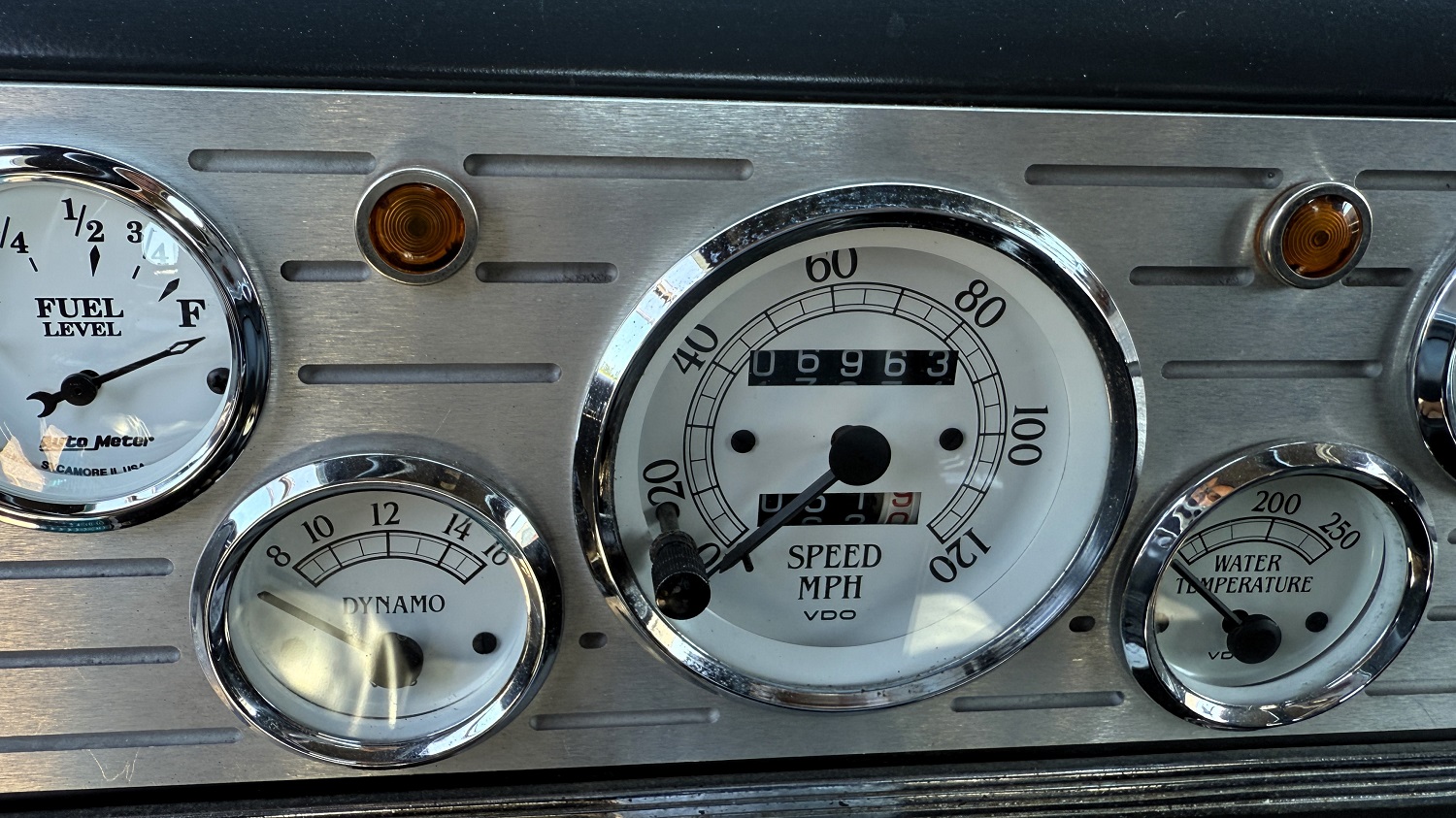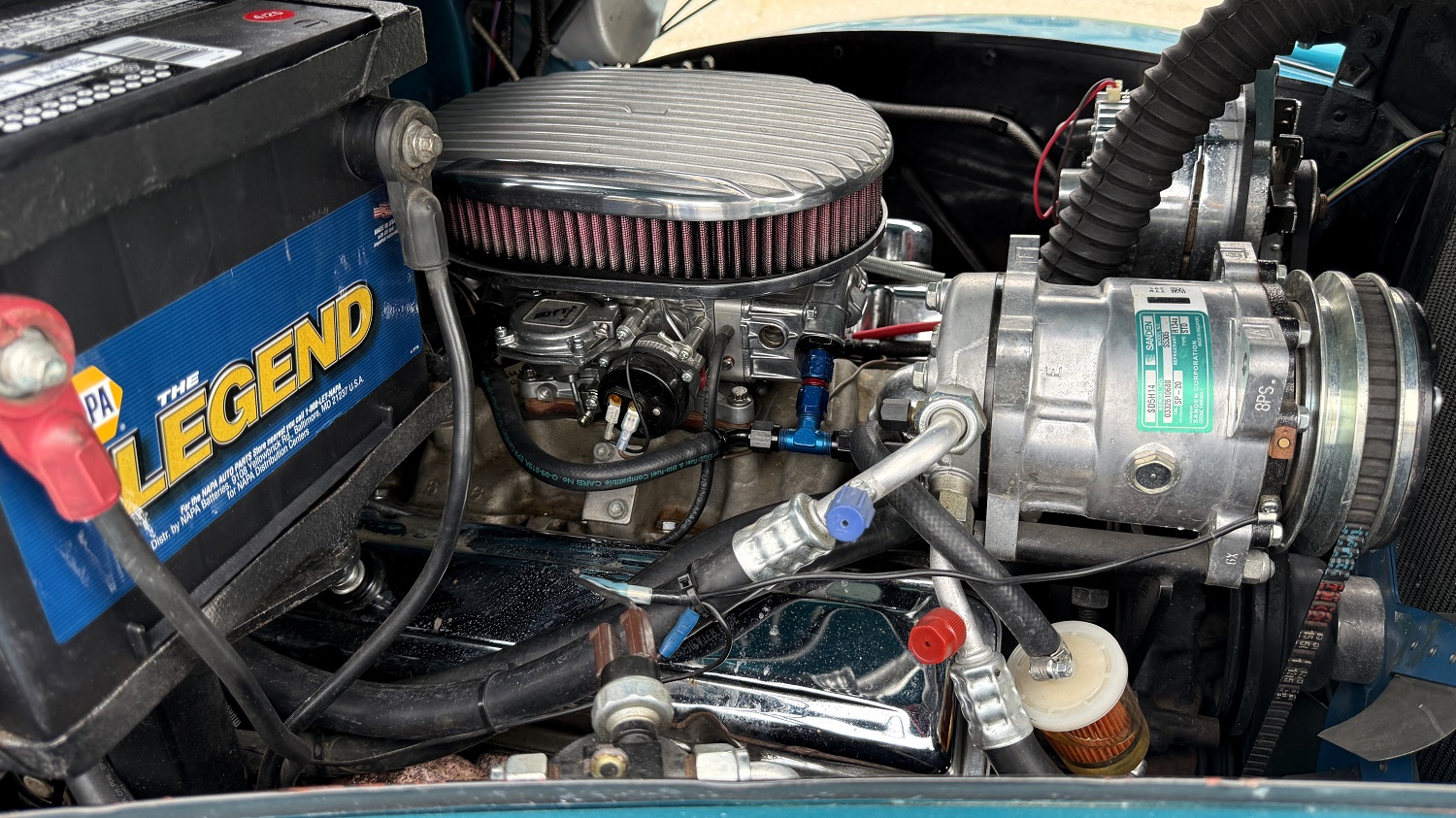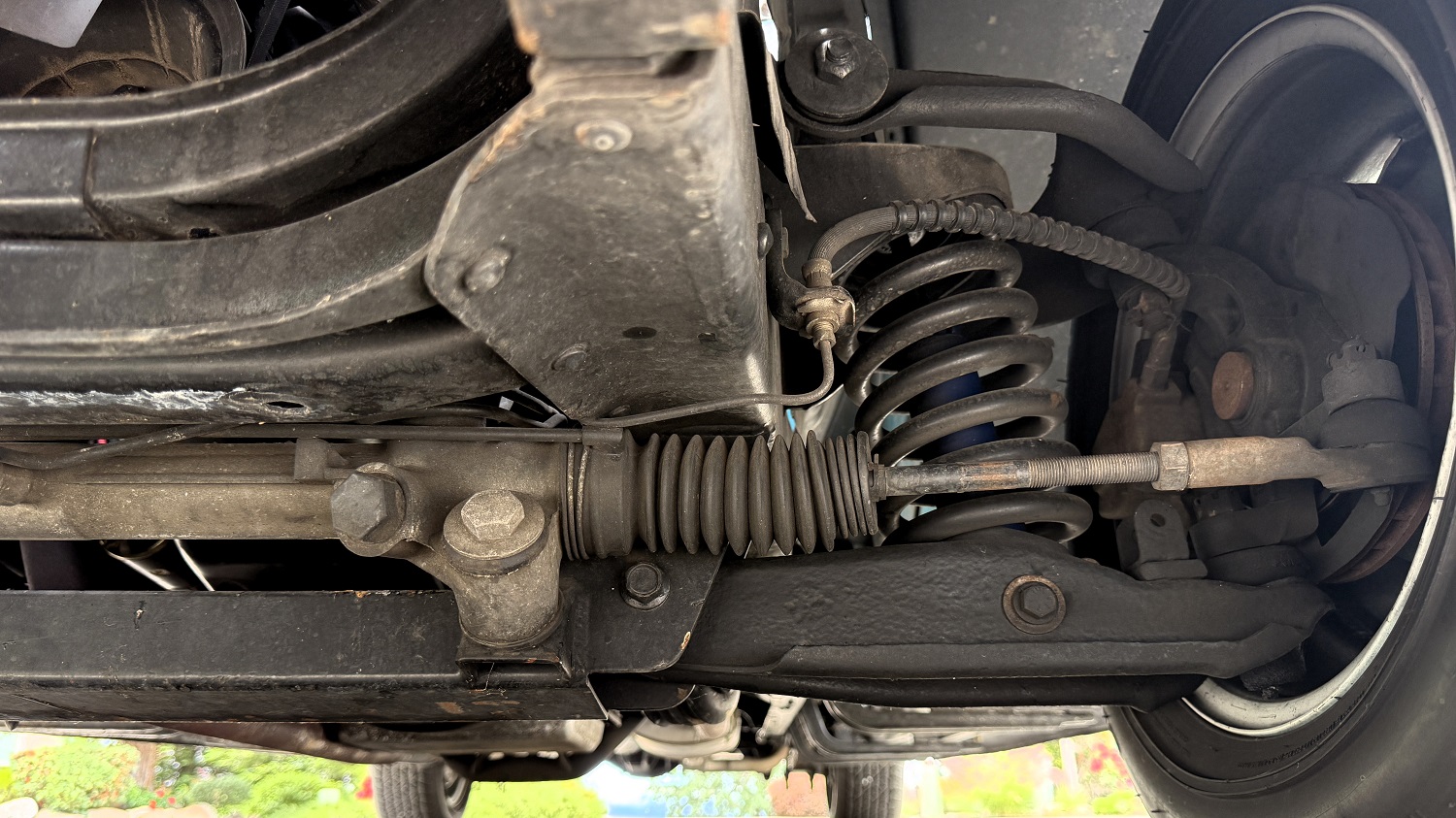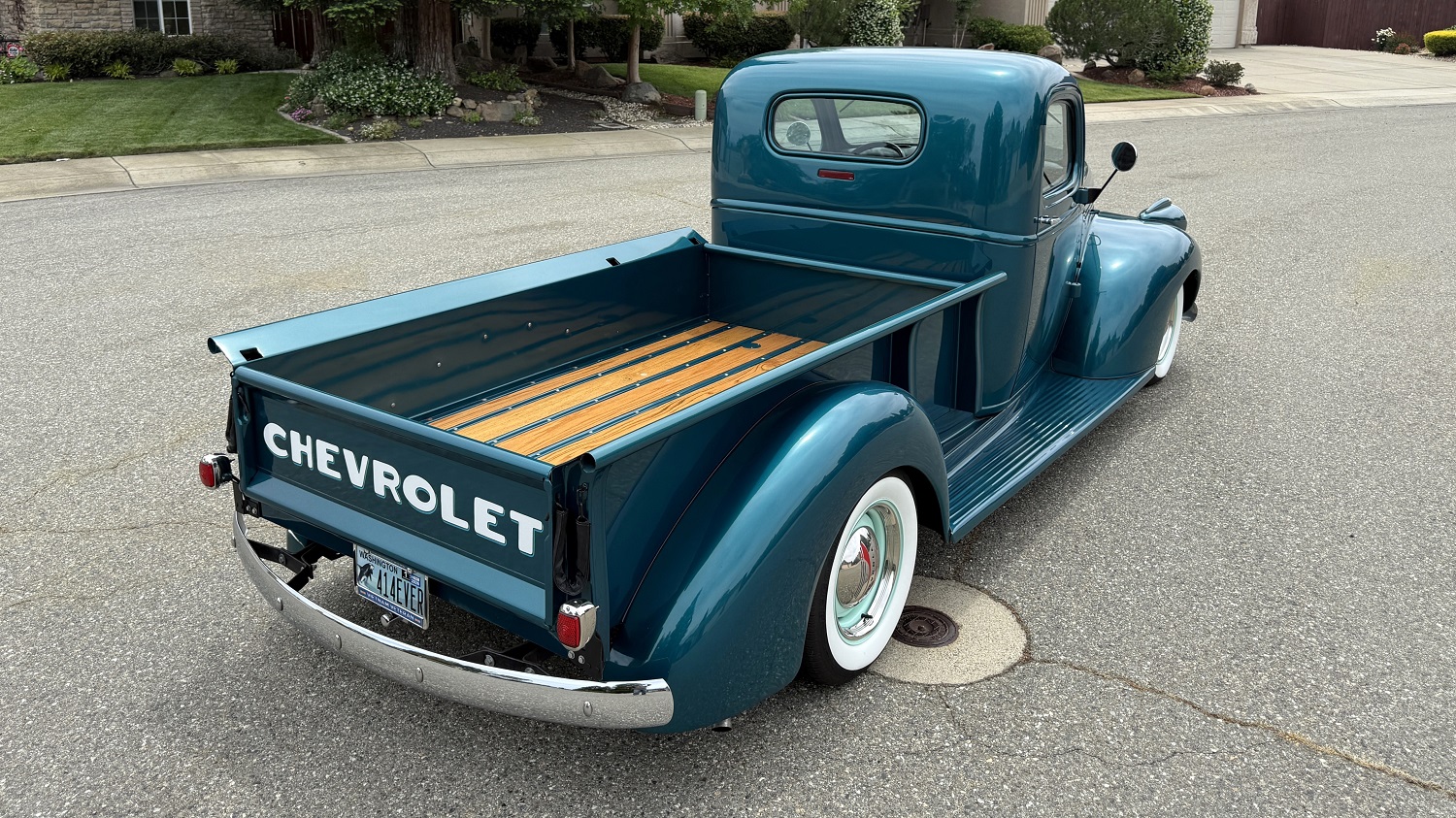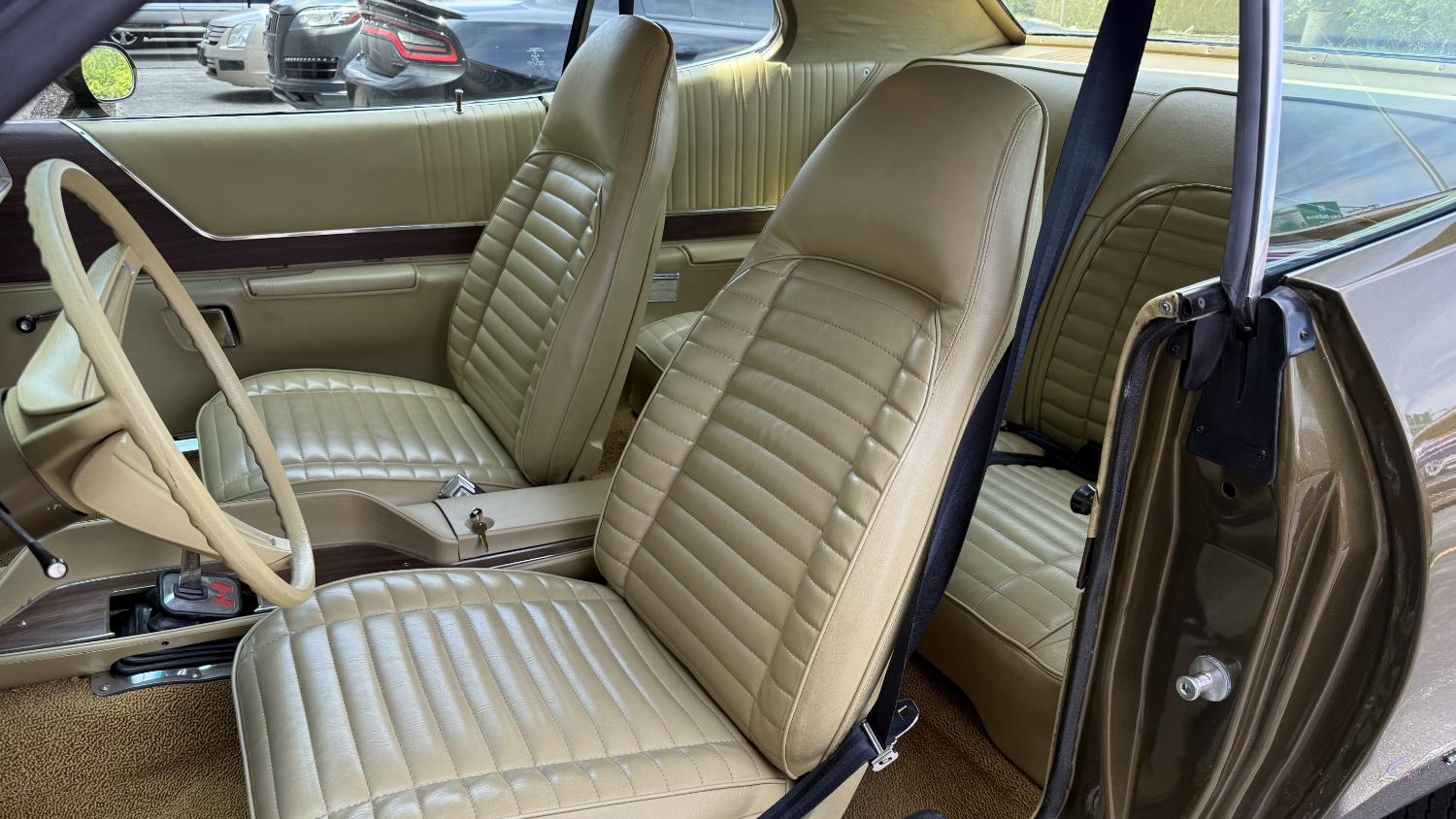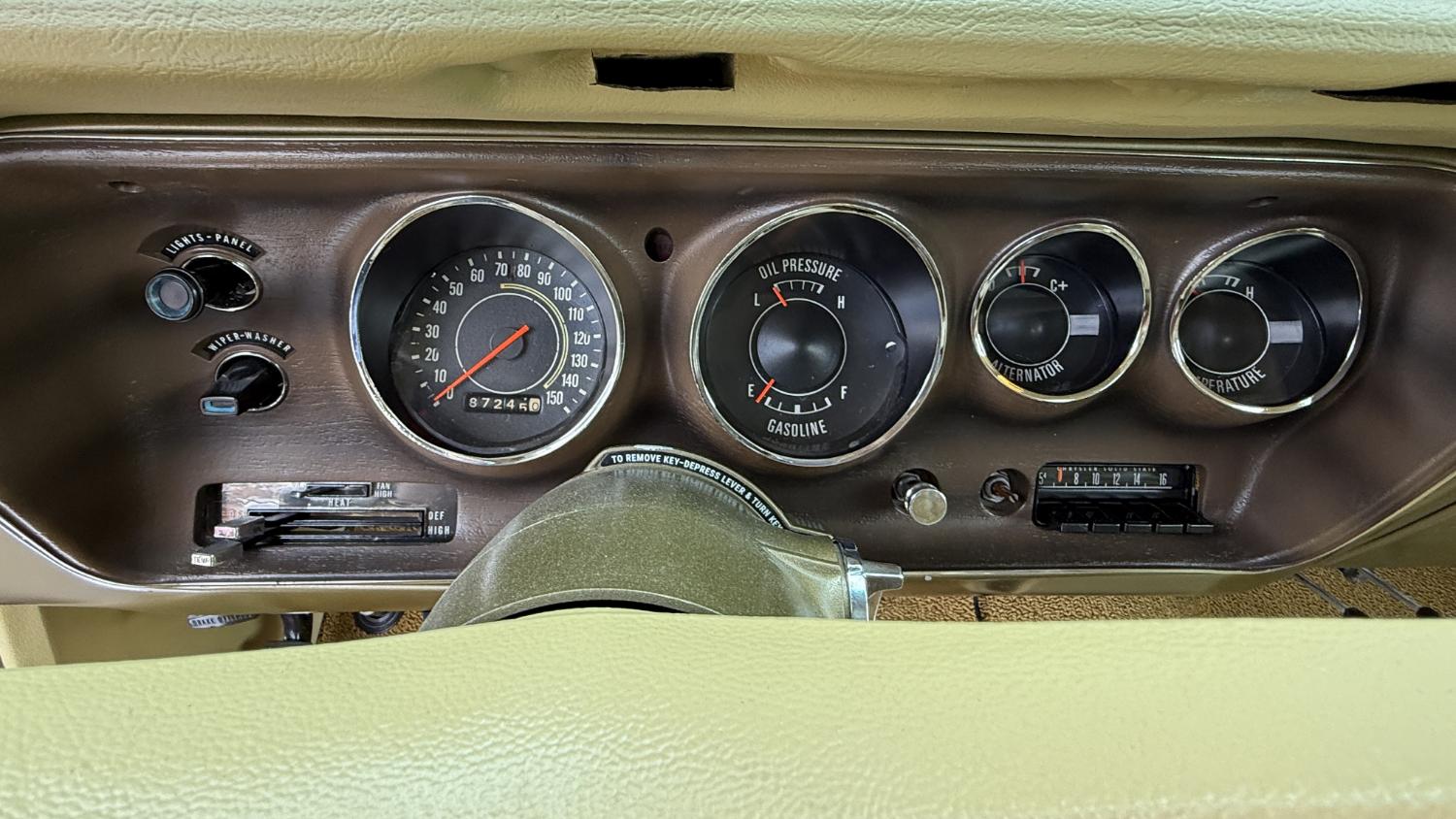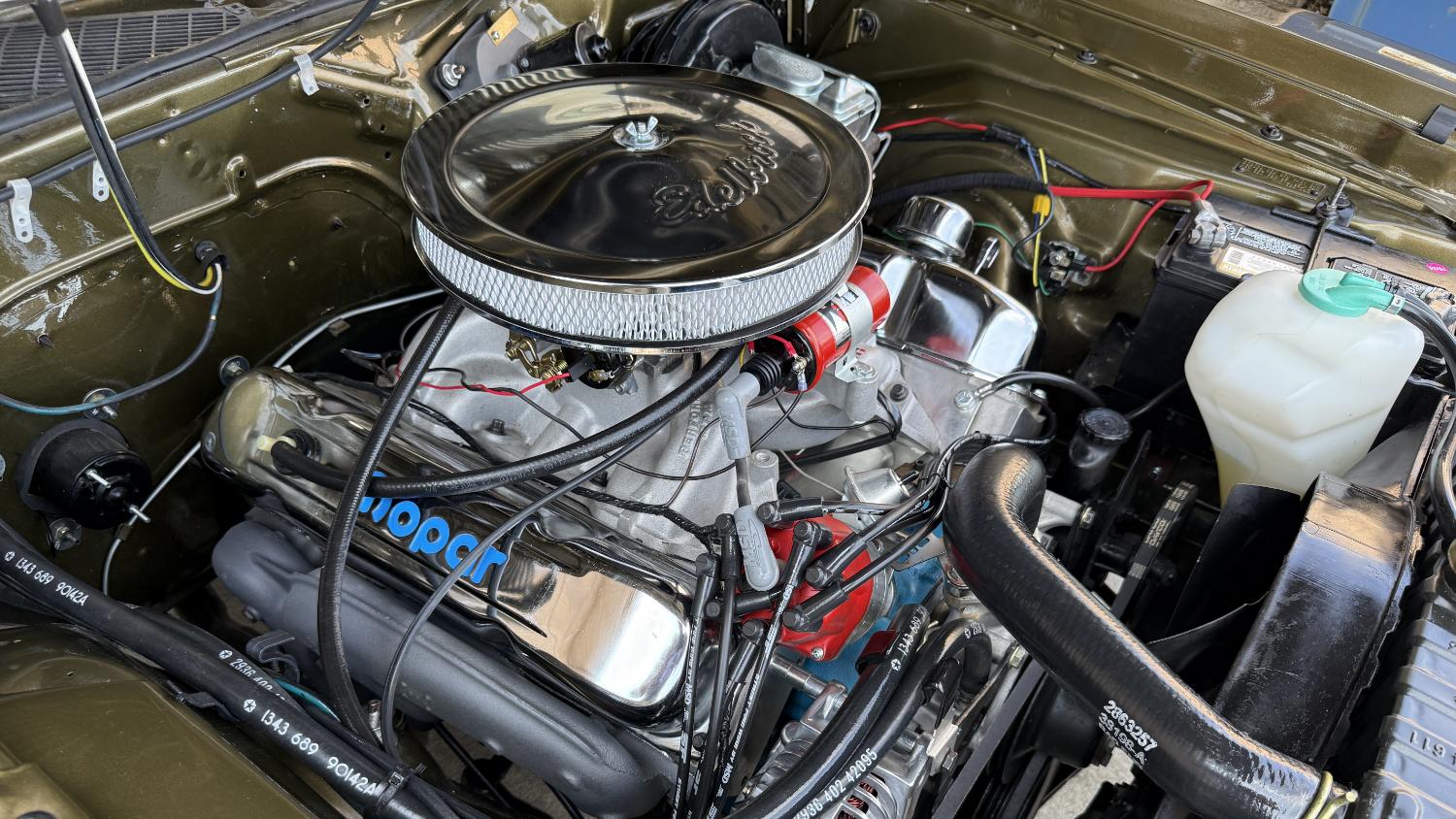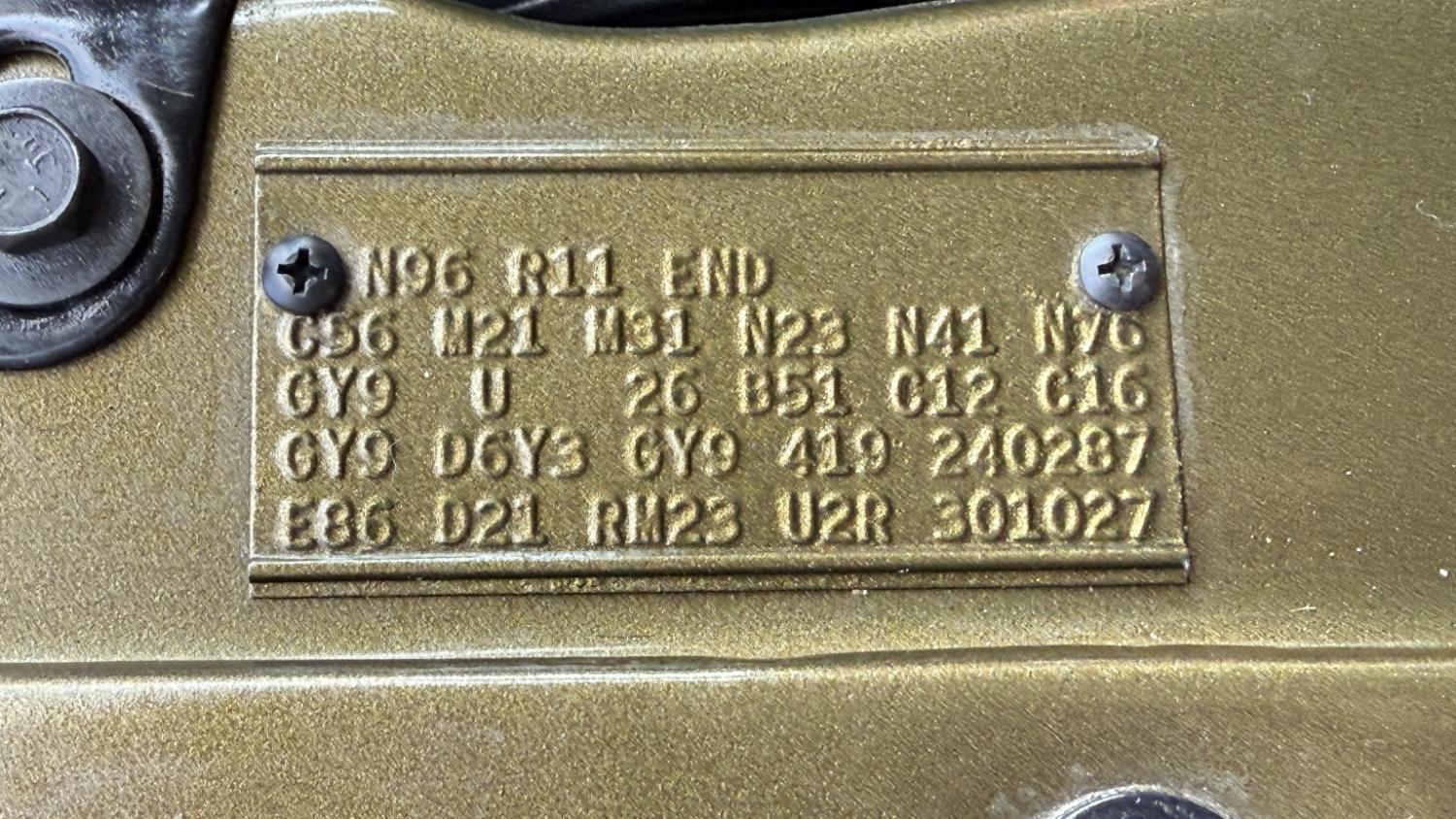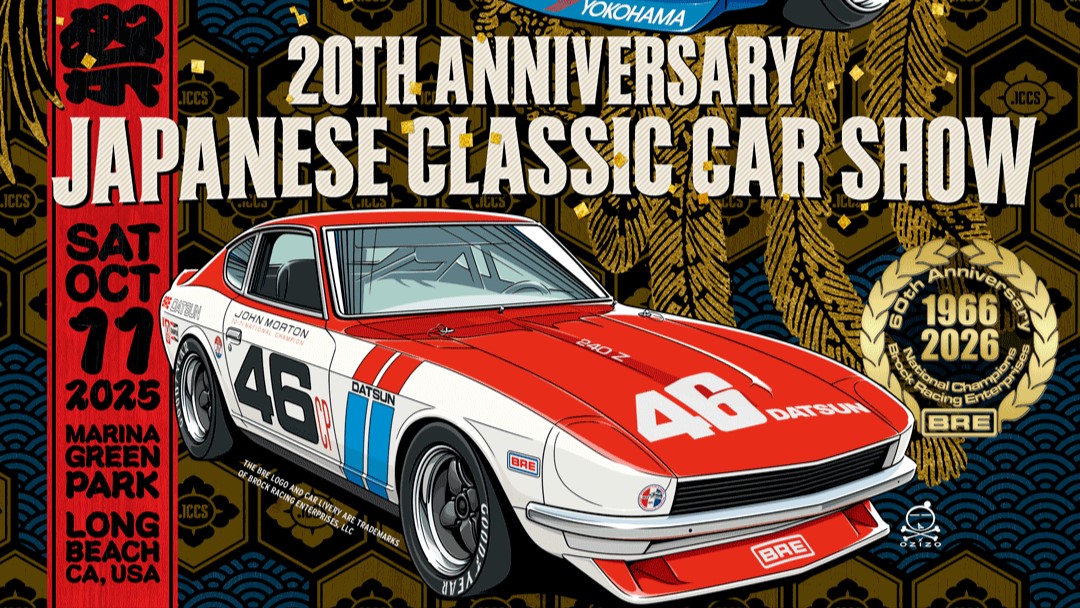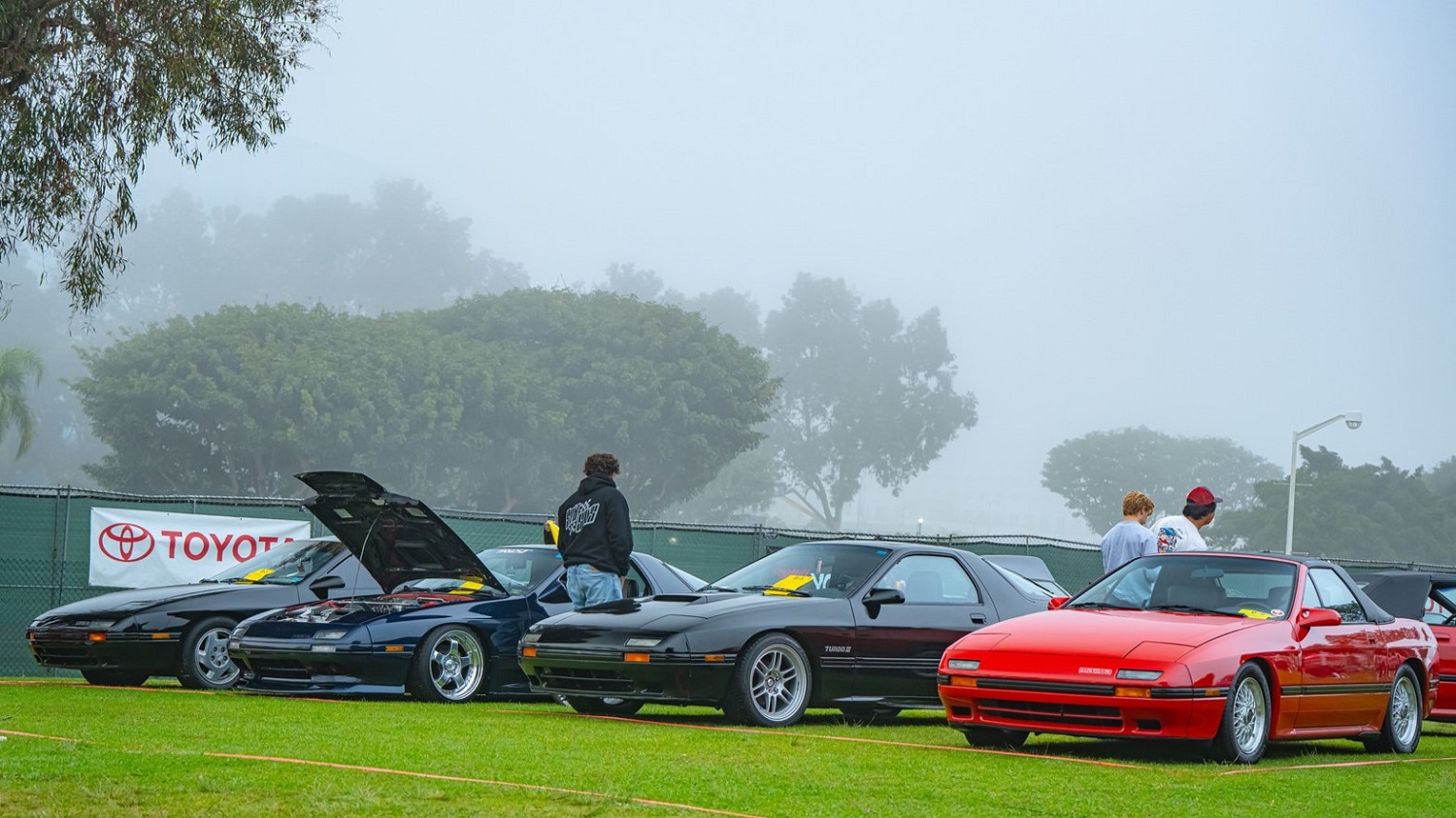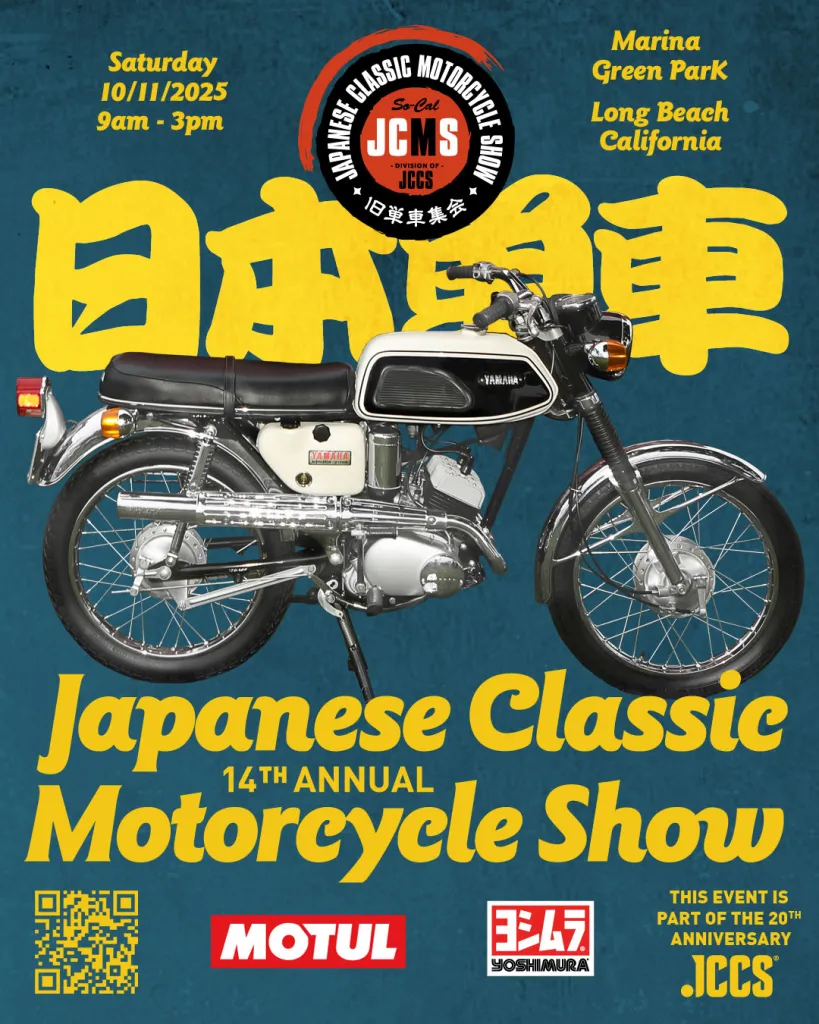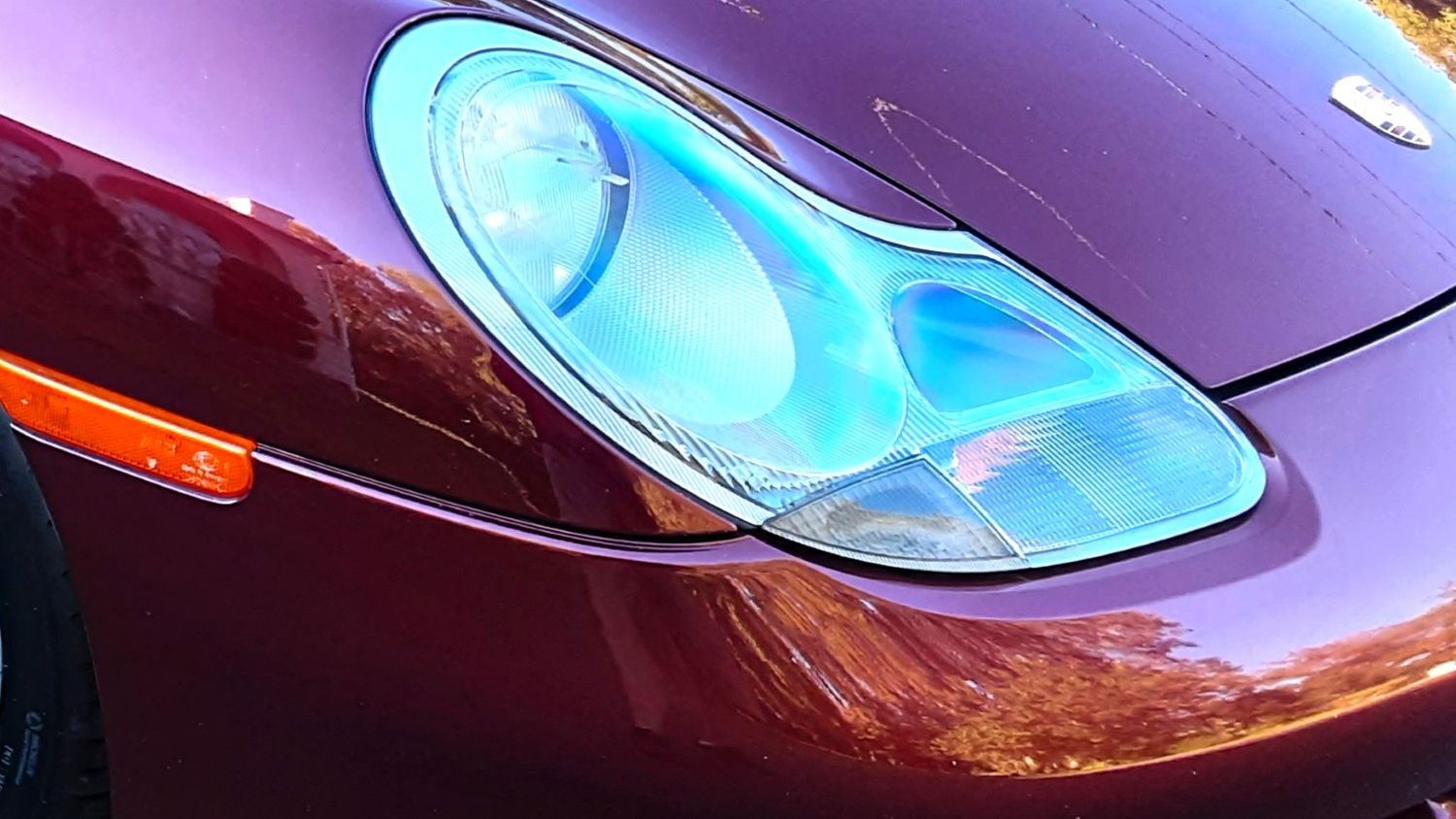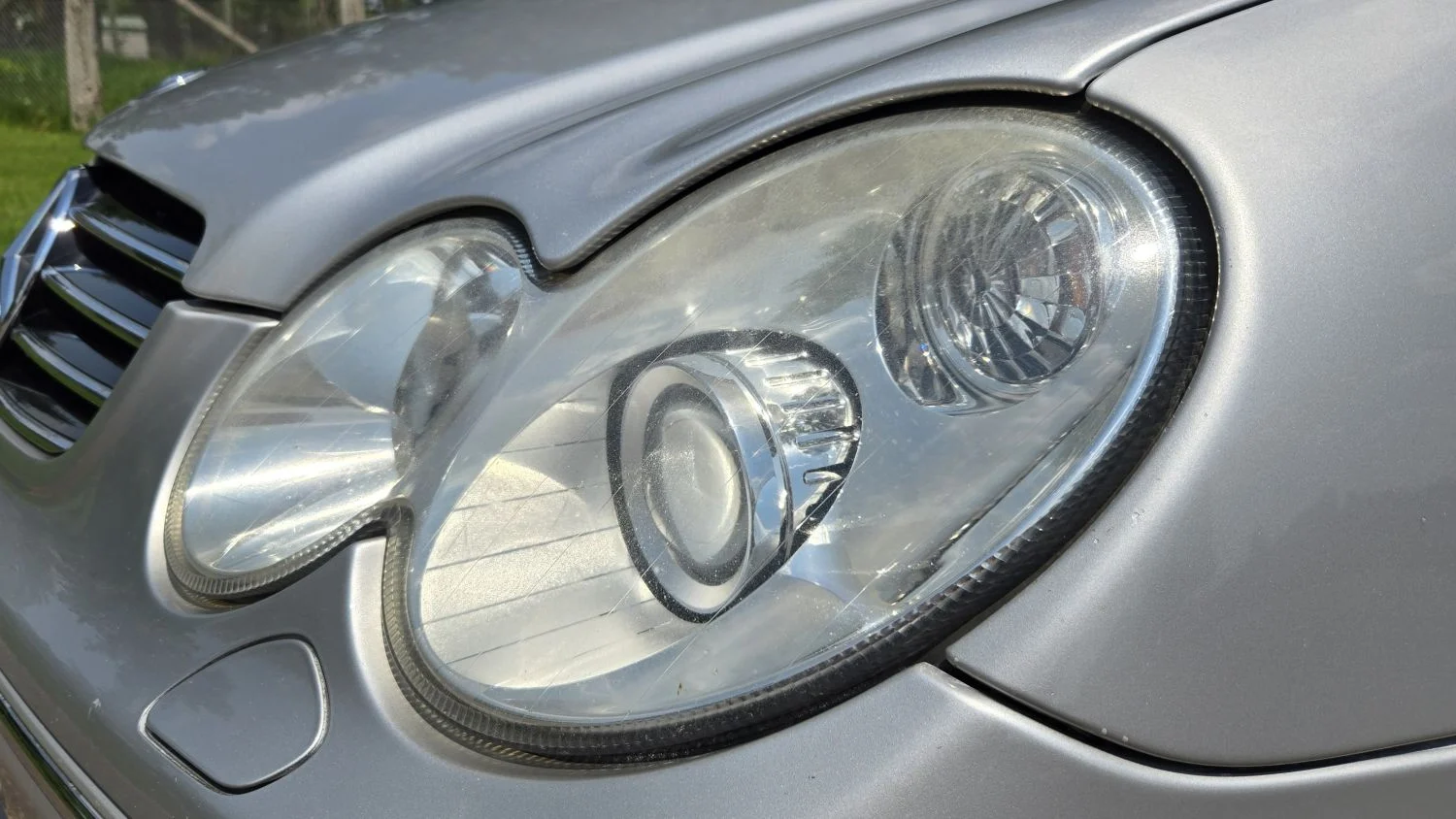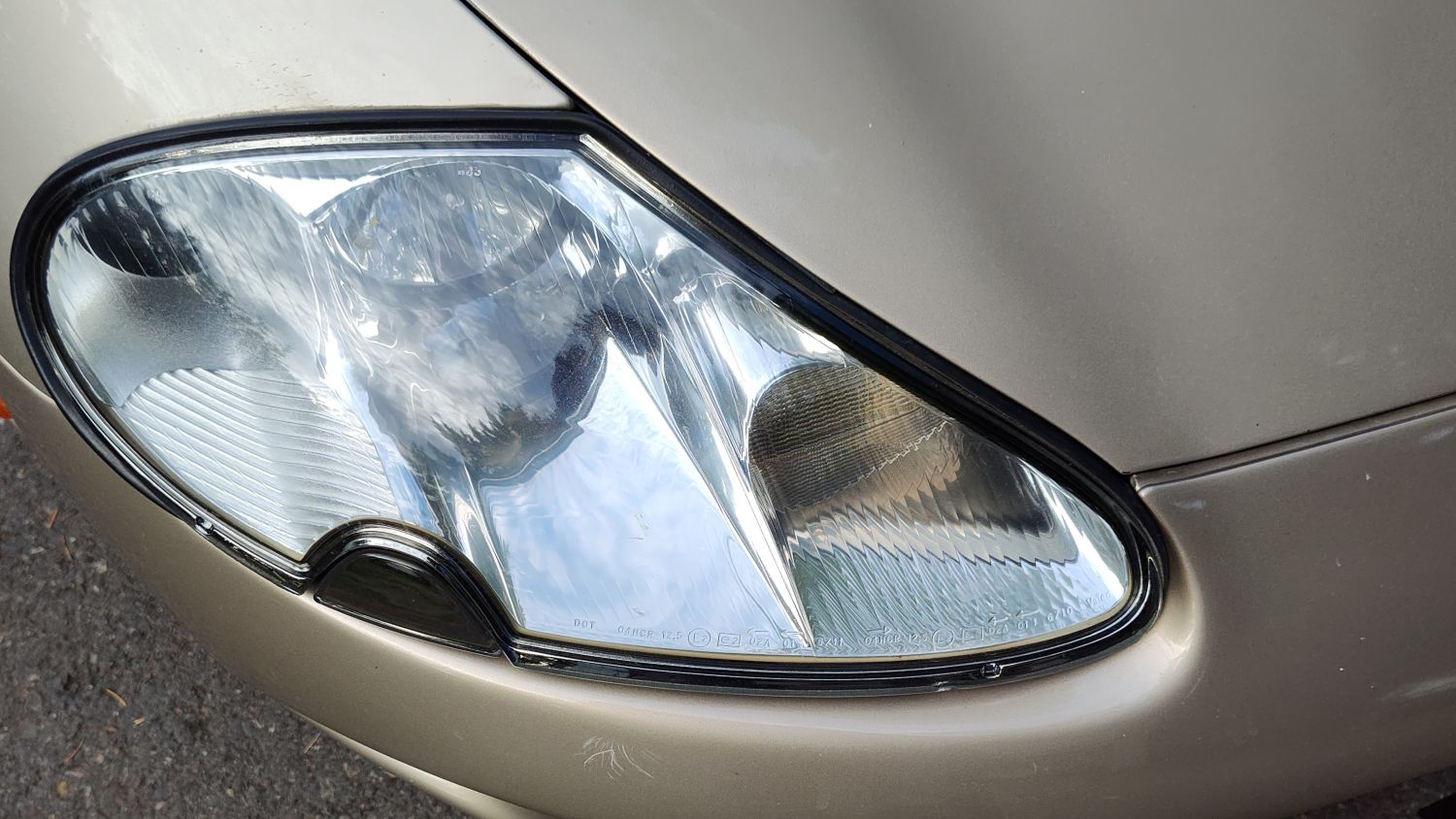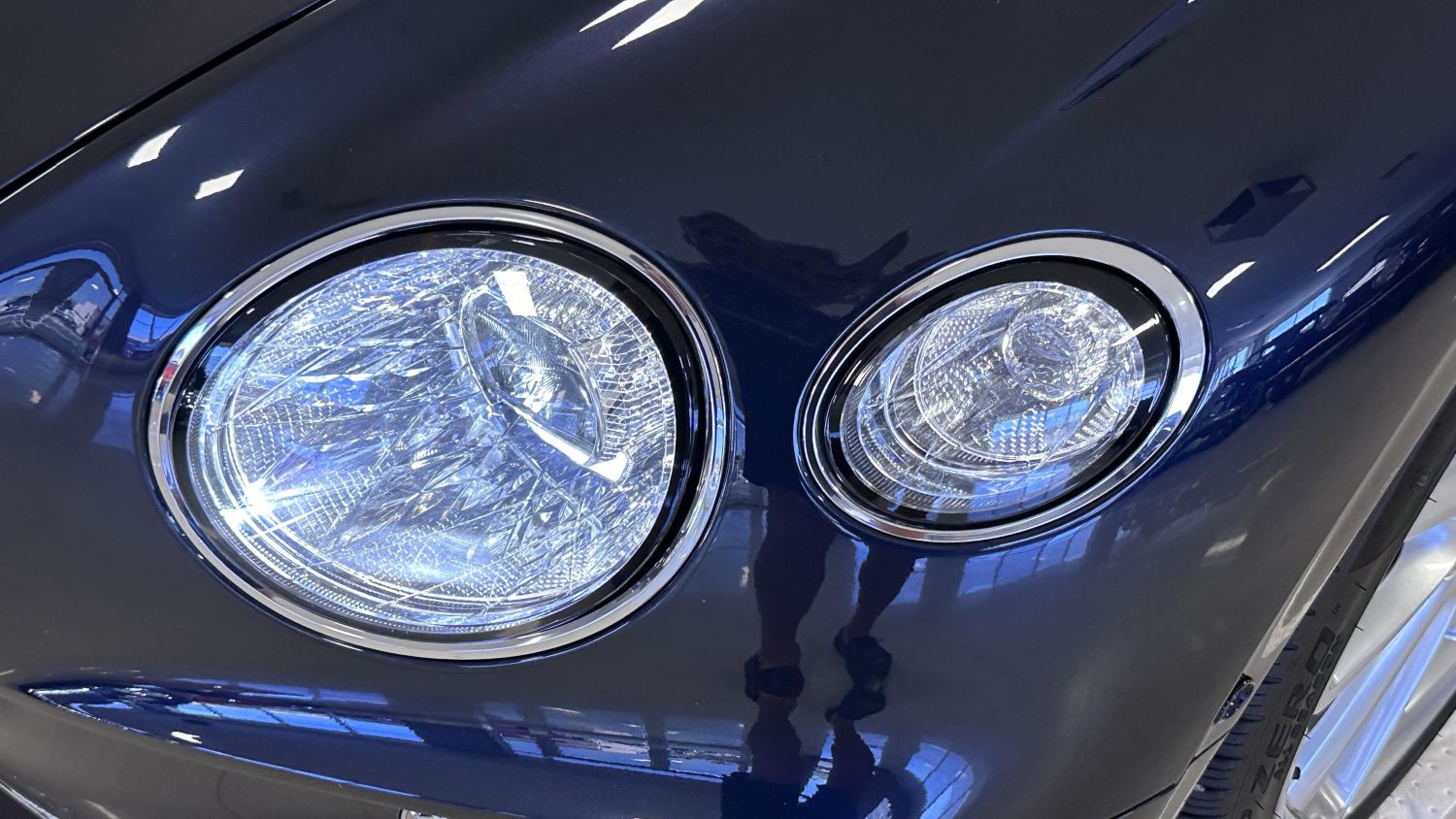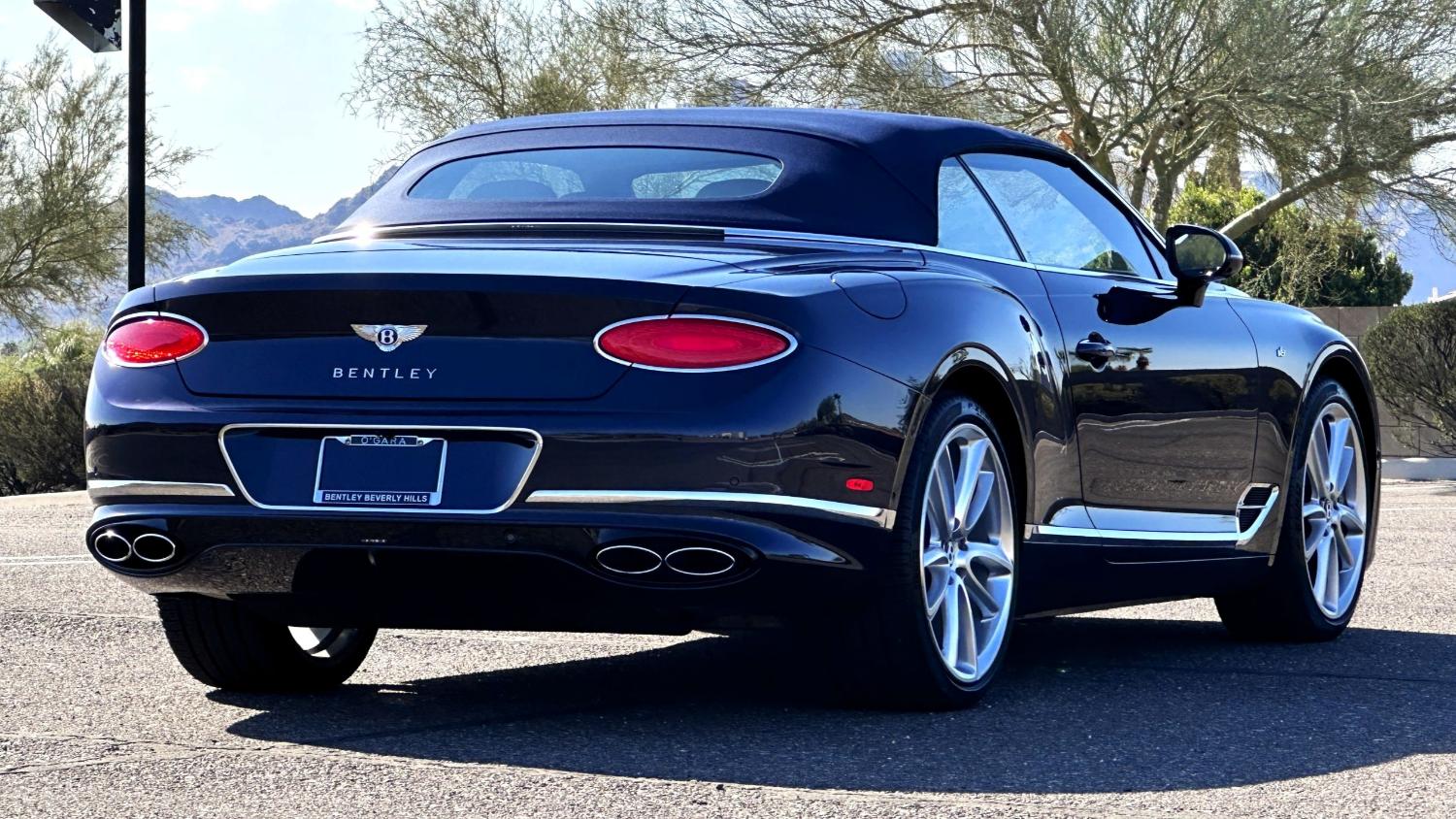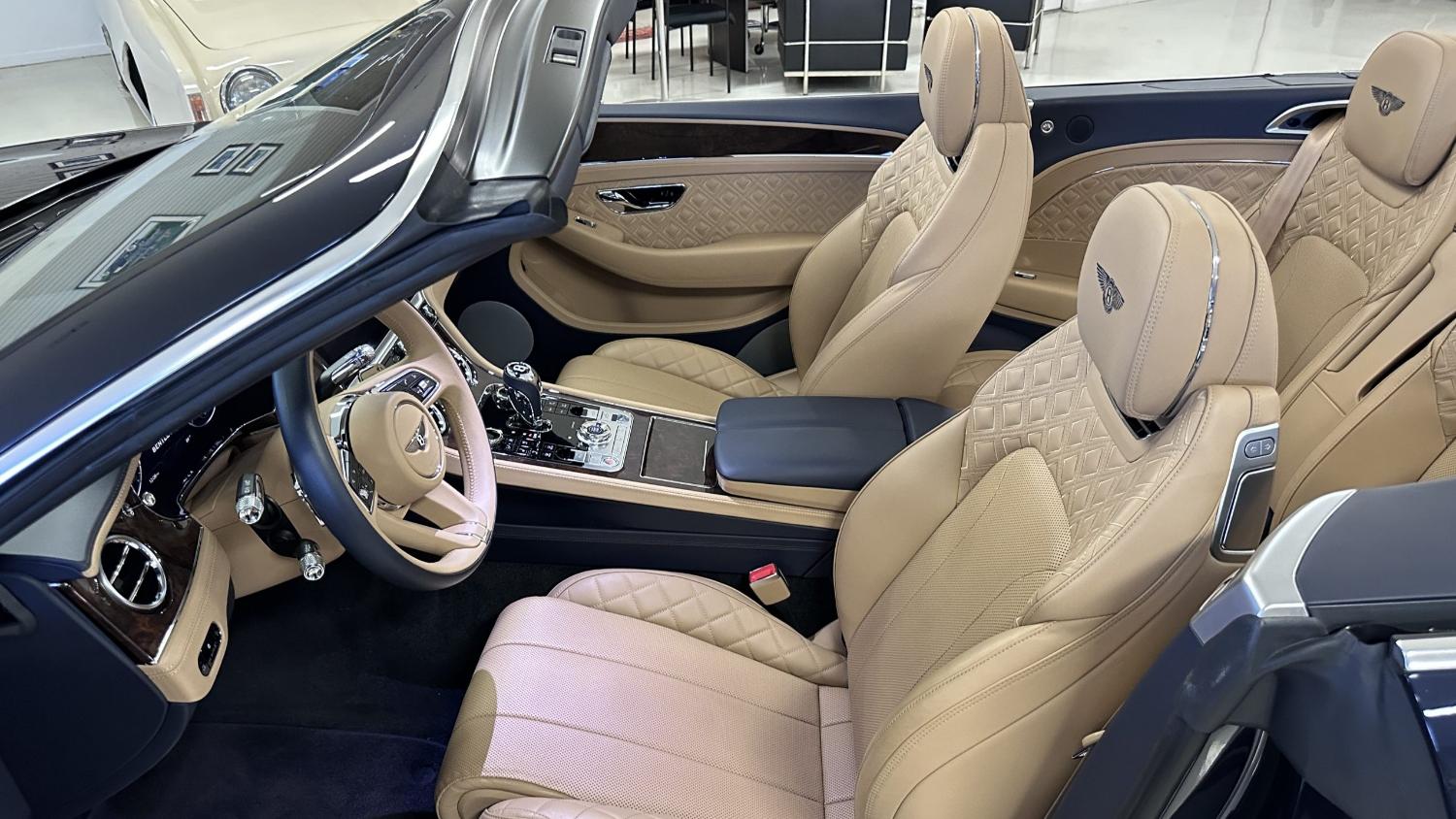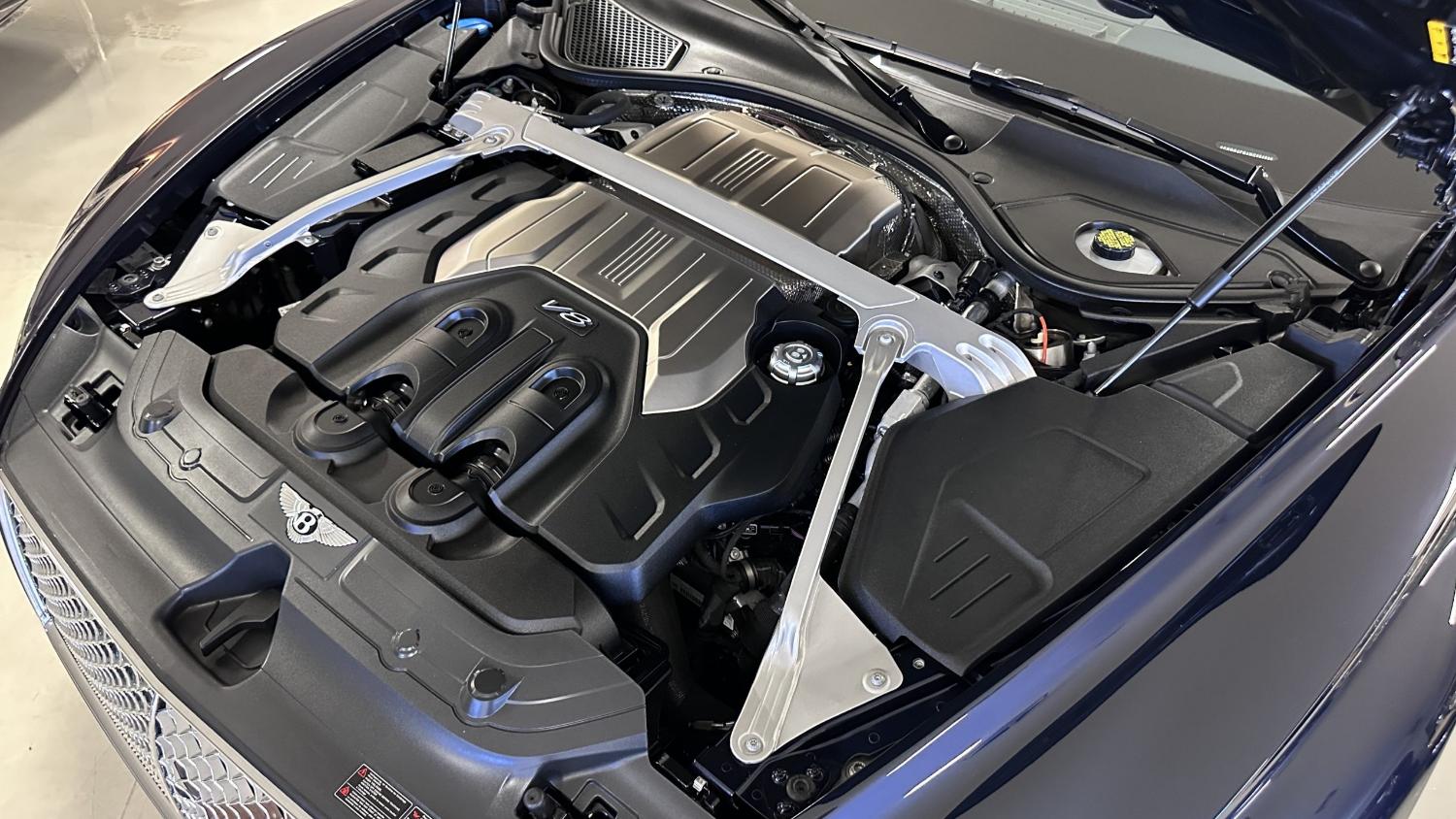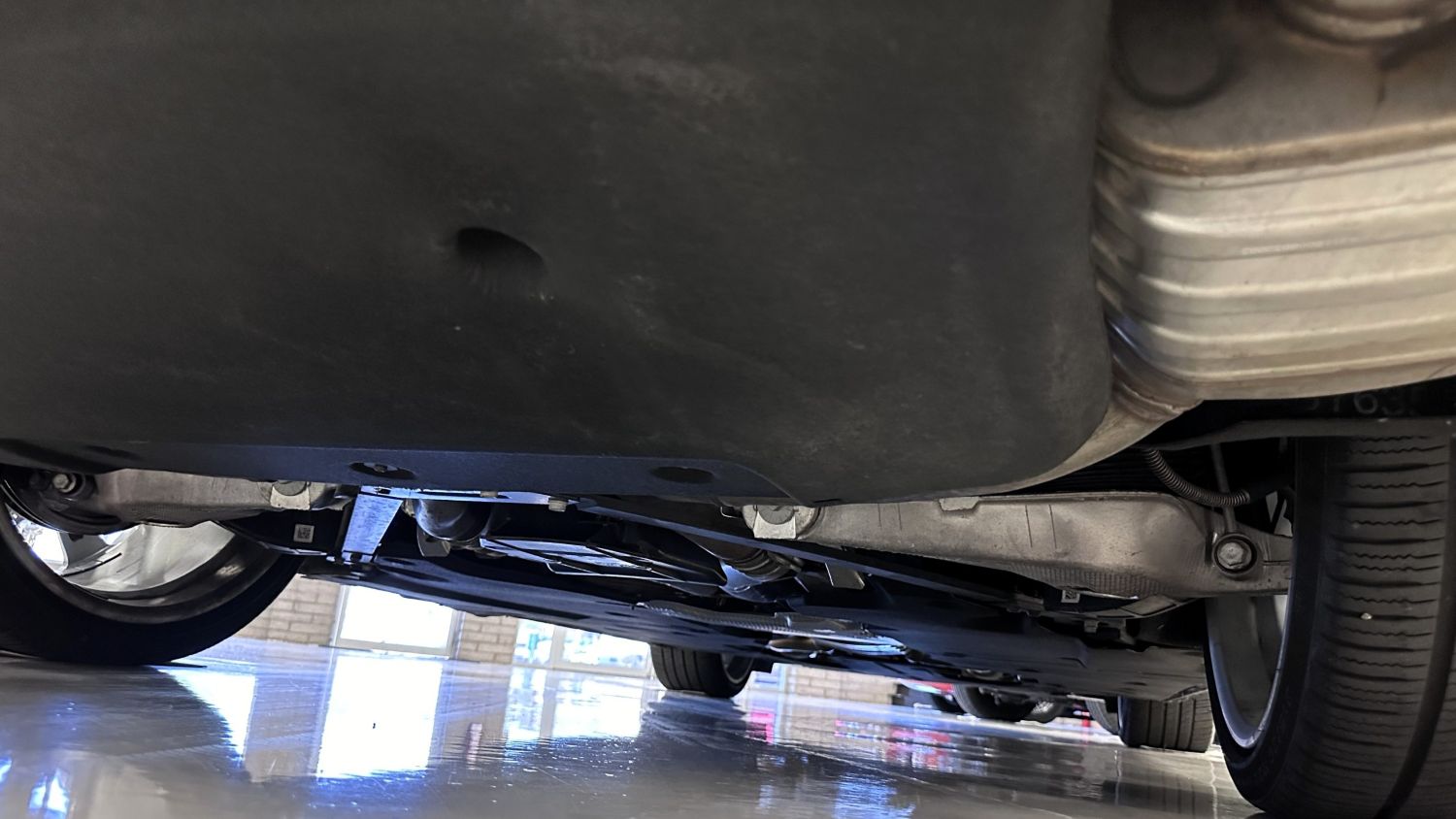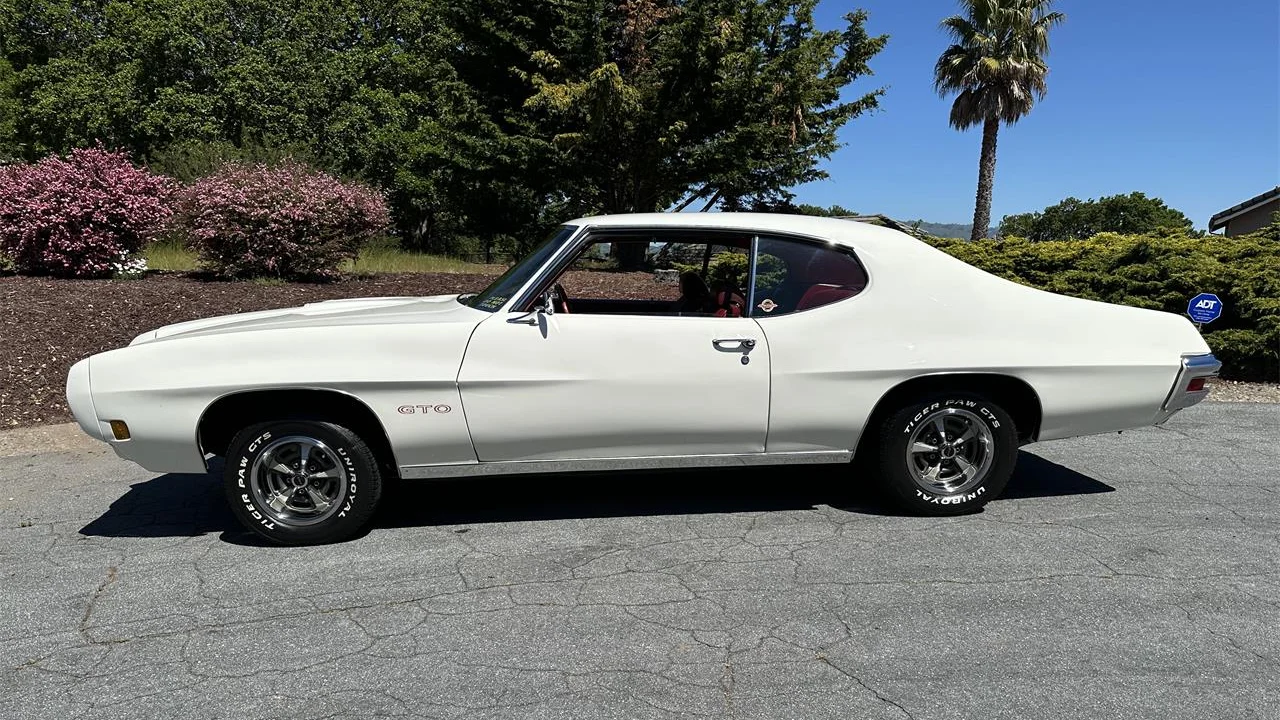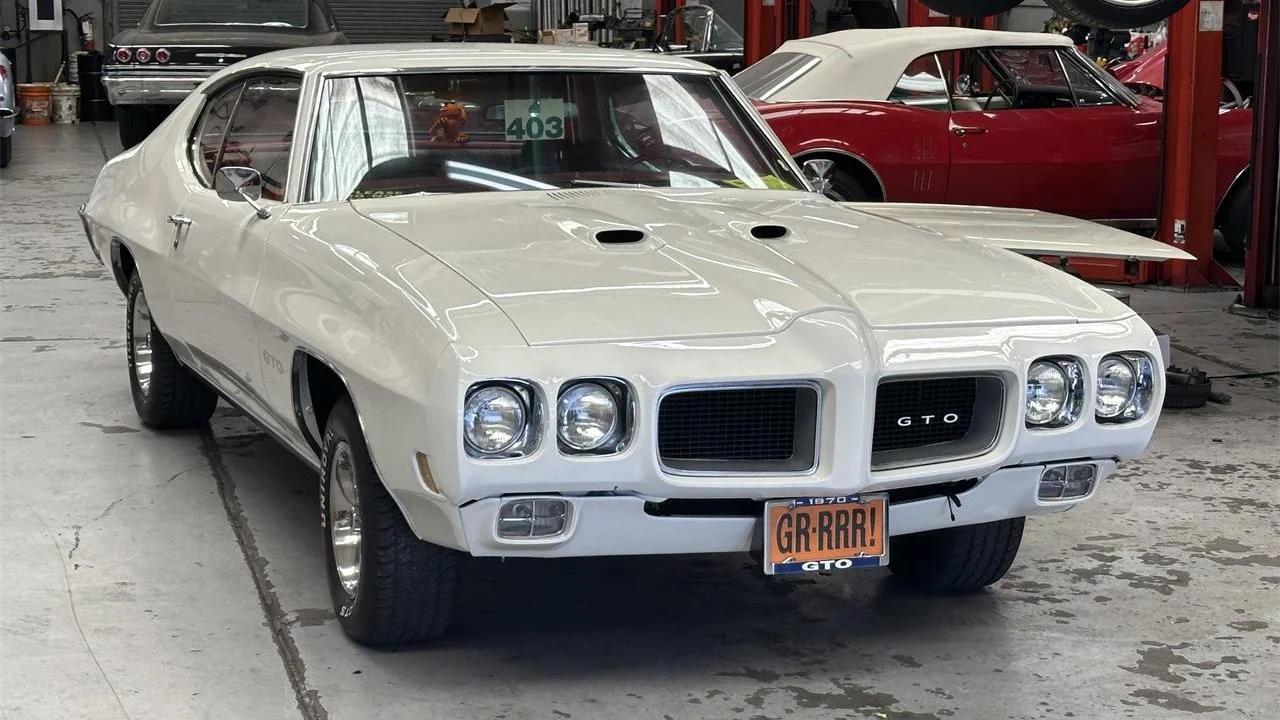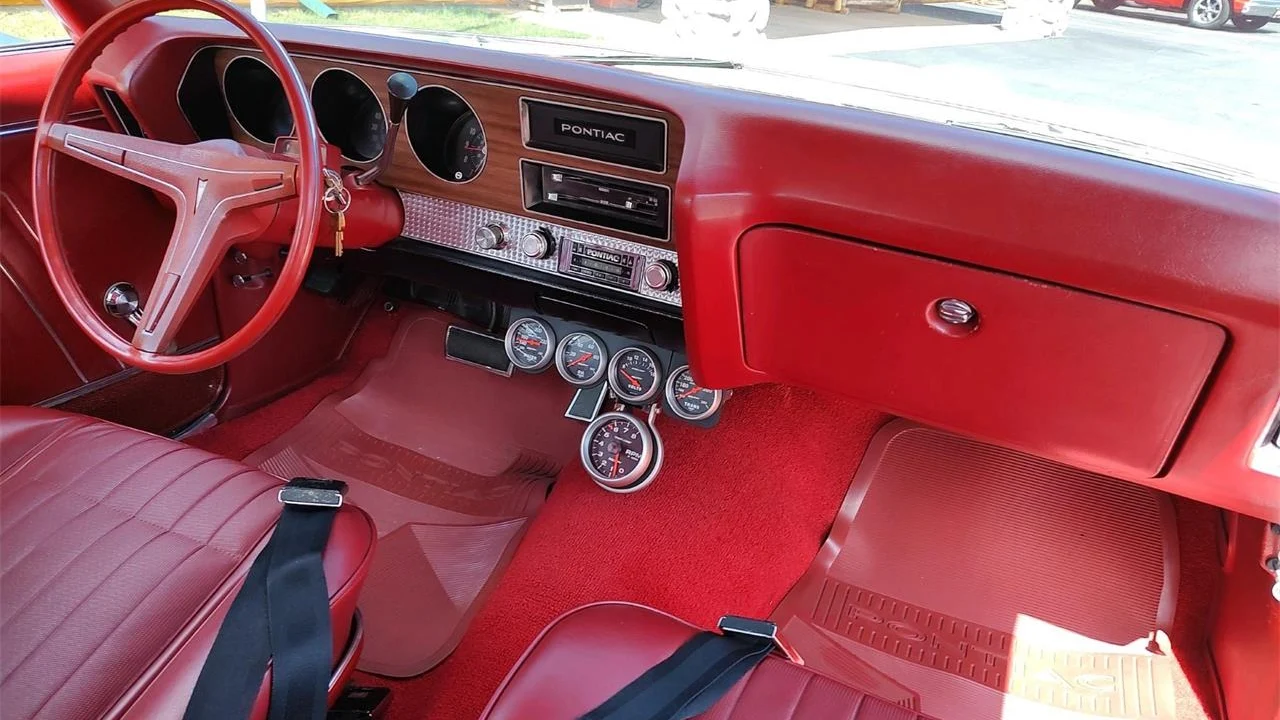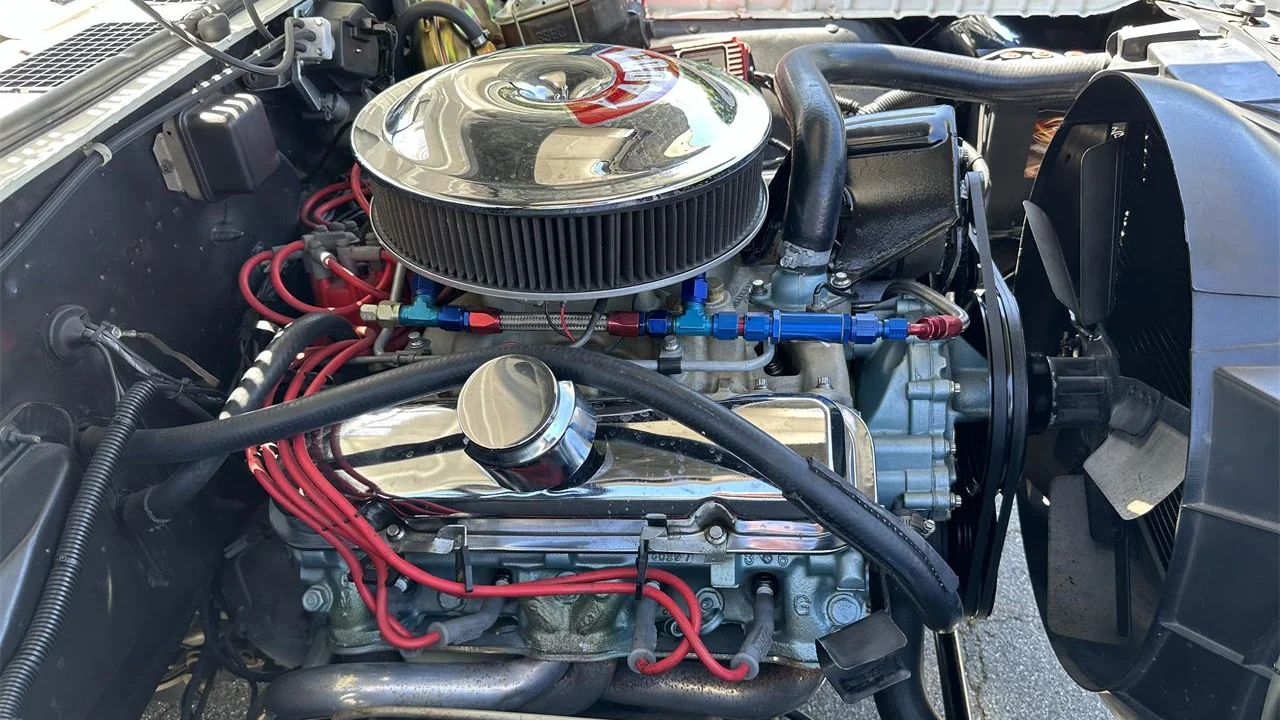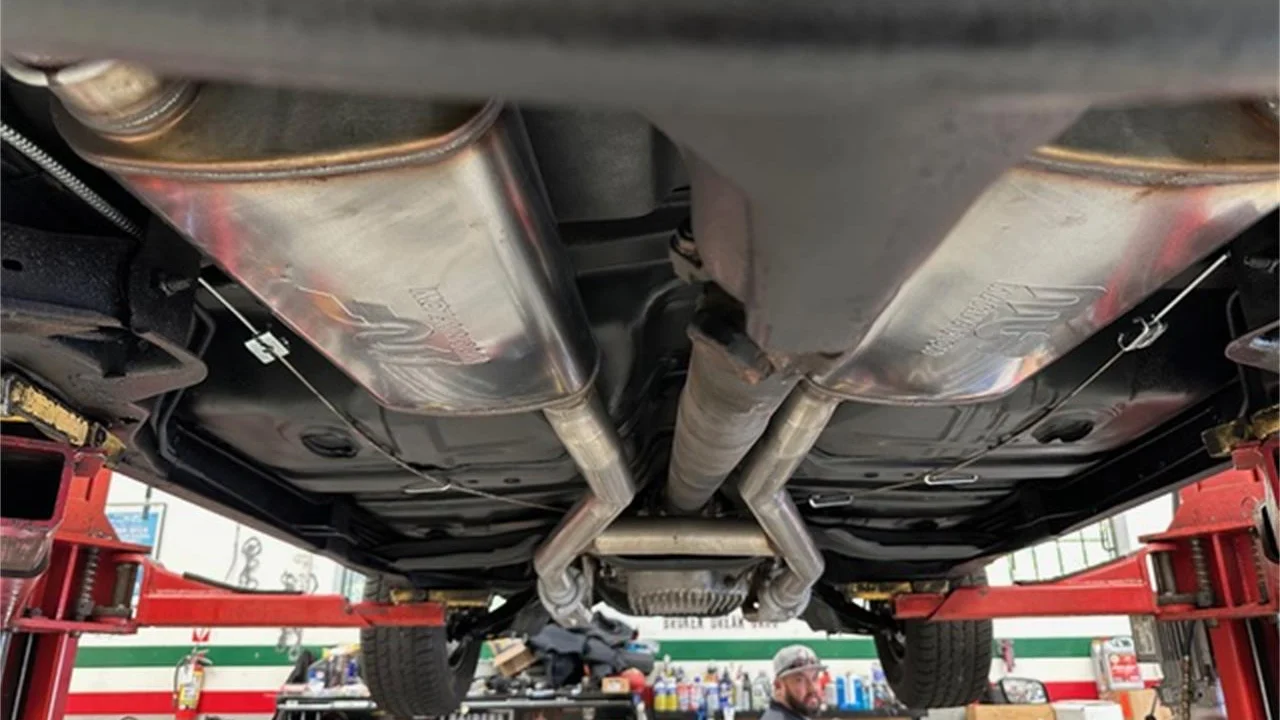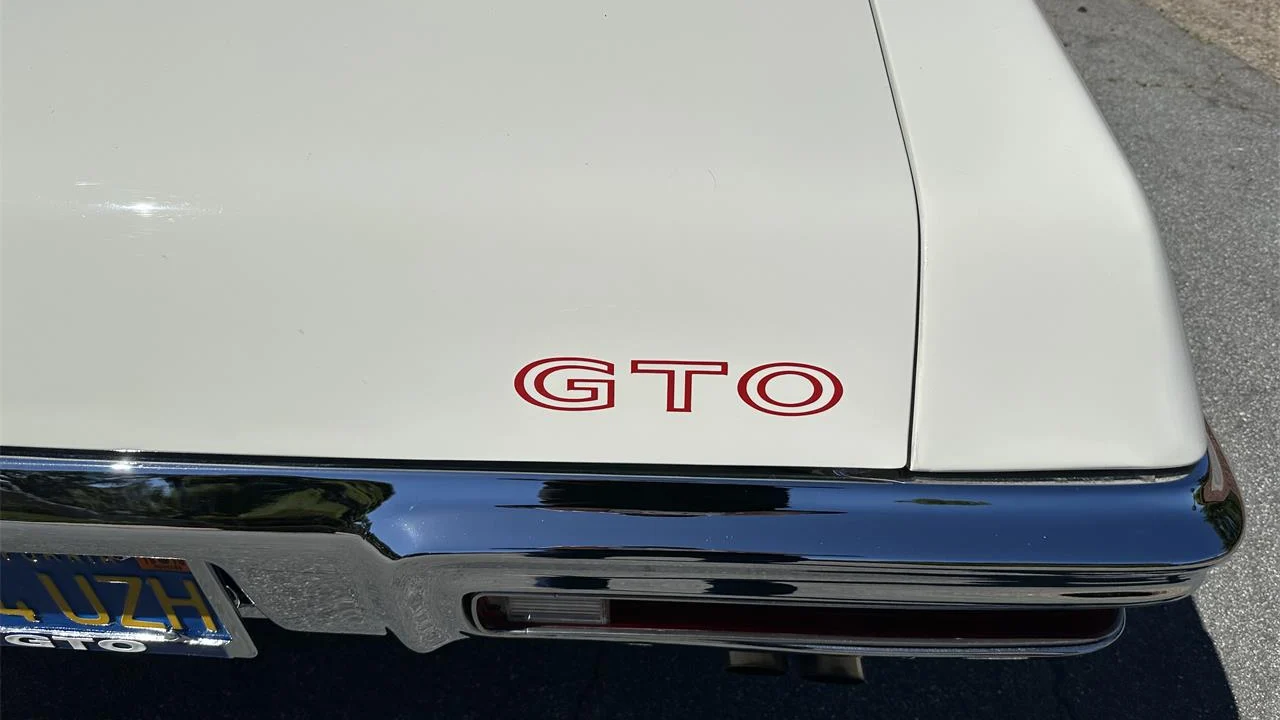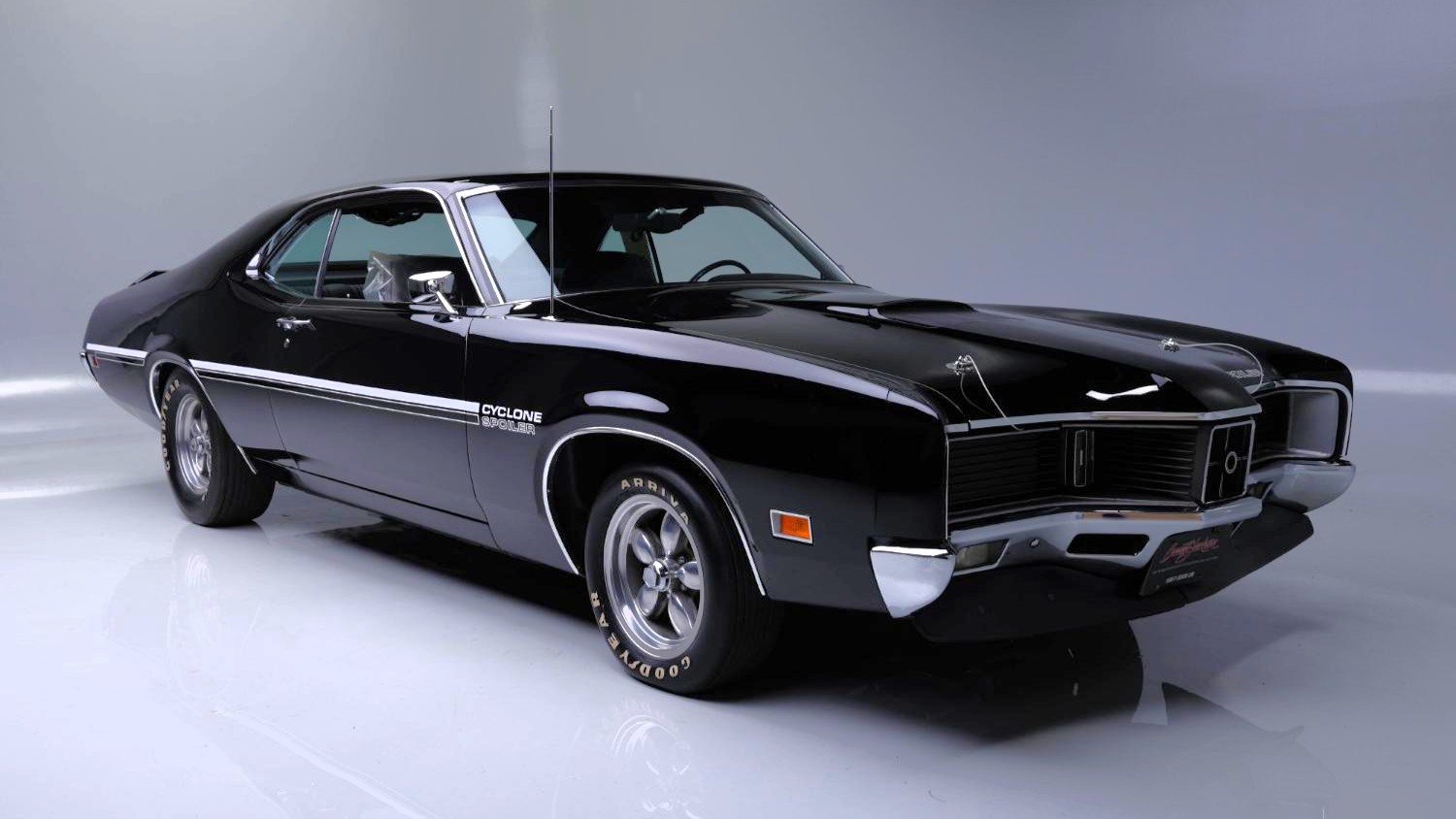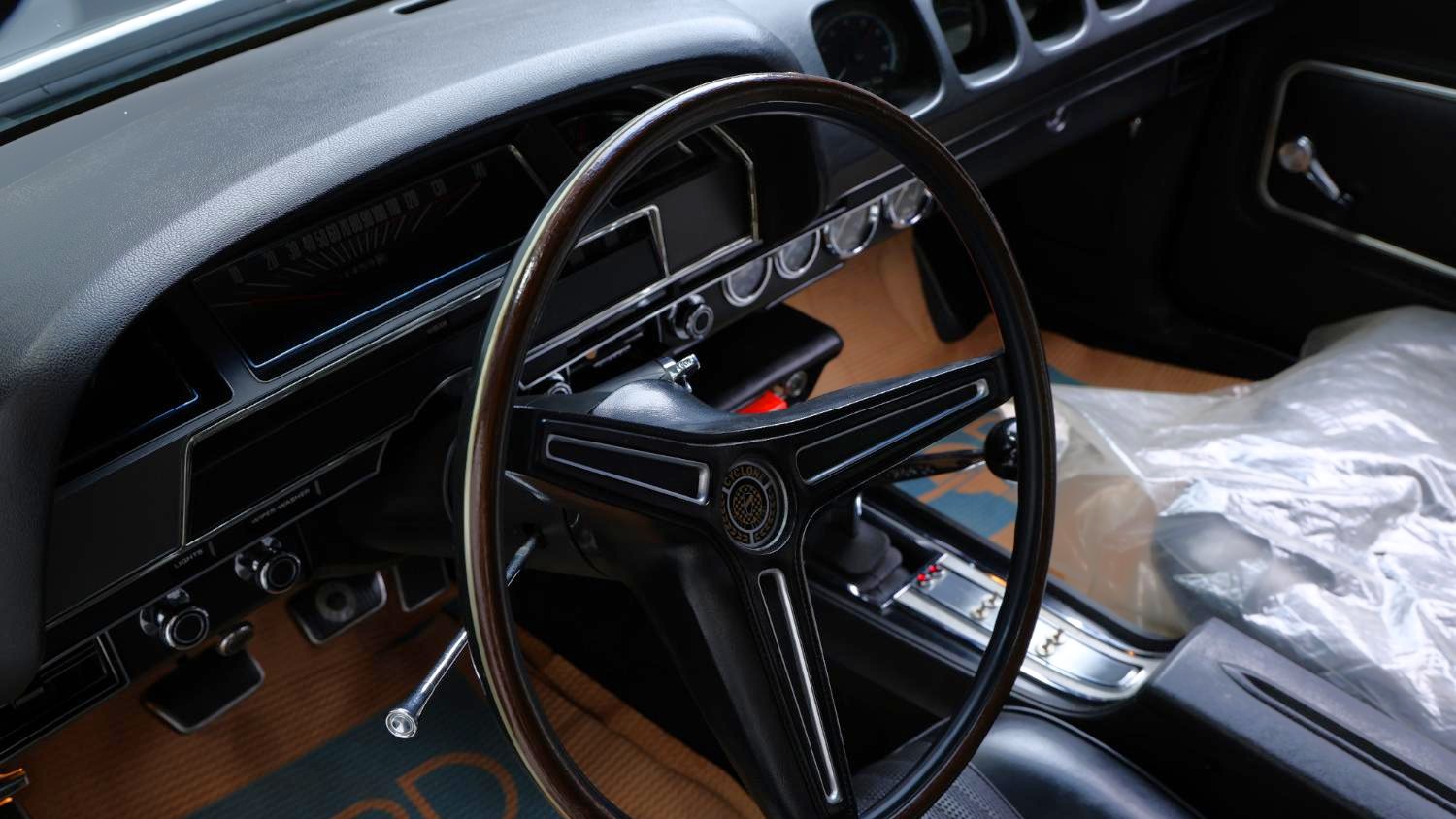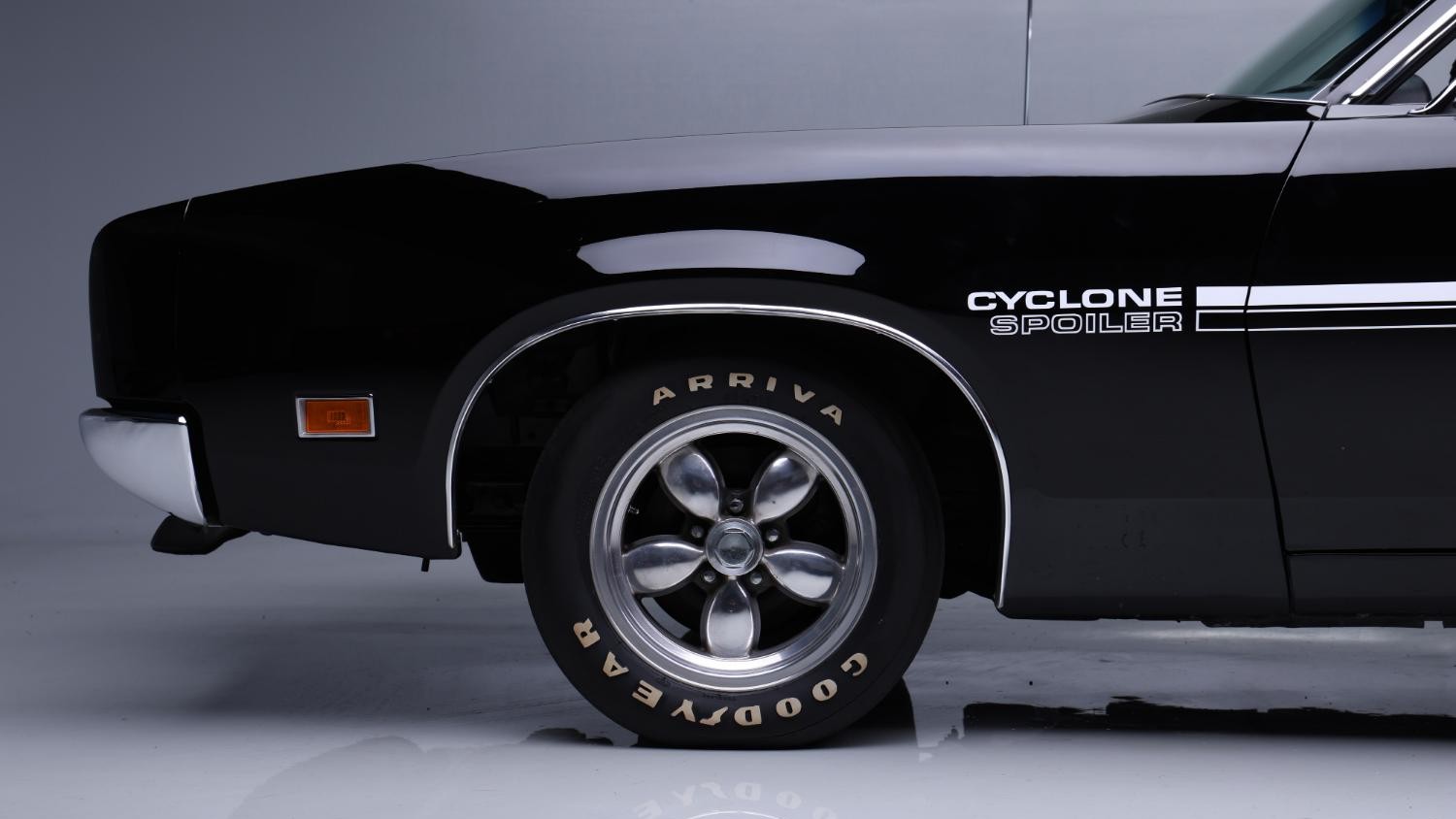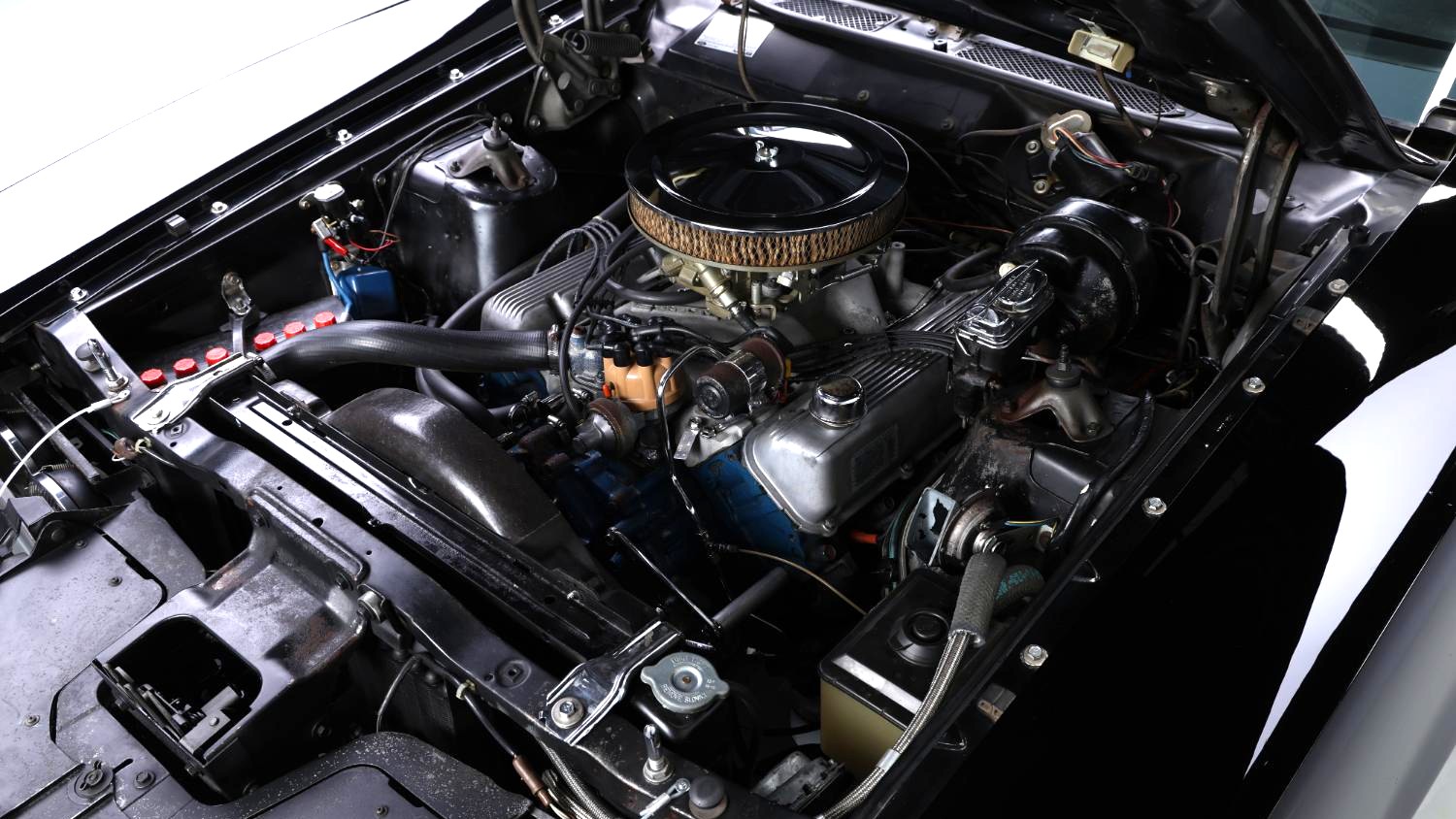As the seasons change, automotive enthusiasts in some regions of the country are getting their collector vehicles out for one last spirited cruise. Out Motorsports is an LGBTQ+ drivers’ community that prides itself on an emphasis of actually driving. The organization has been around since 2021 and has gained momentum ever since. From the website: “We don’t do parking lots—find us on back roads, at racetracks, off-roading, or anywhere in between.”
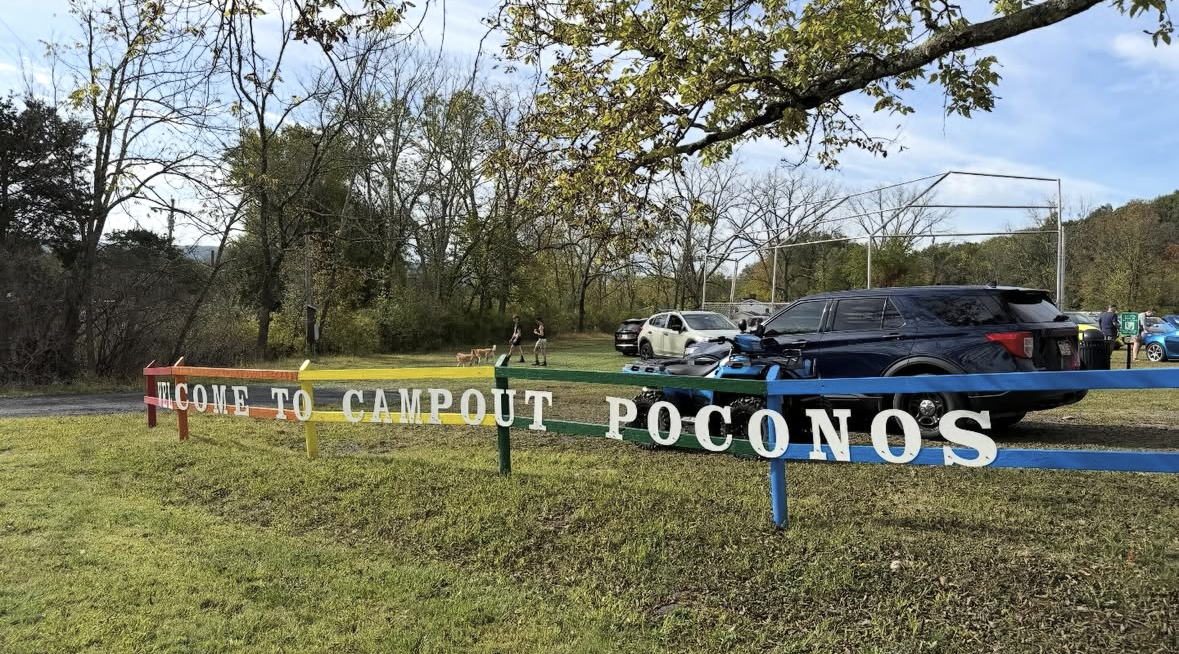
Fueled by coffee and passion
One of the group’s signature events each year has been a fall road rally in the northeast, dubbed the Pumpkin Spice Rally. This year’s event—the biggest in Out Motorsports’ history—was headquartered at Camp Out Poconos, a campground in the scenic Pocono Mountains of Pennsylvania. Activities kicked off on Friday, September 26, 2025, with an informal meet and greet. On Saturday, things revved up (after coffee, of course) with seven different drive groups heading out at 10-minute intervals for the designated 100-mile route through the area’s mountain roads. After the cruise, people enjoyed free time to socialize prior to a buffet-style group dinner.

Key takeaways
I caught up with Event Director Jake Thiewes for some event highlights. He acknowledged that one of the key contributors to the success of the Pumpkin Spice Rally (and to the success of Out Motorsports in a broader sense) has been the support and sponsorship of auto manufacturers and other companies in the industry. This year’s, eight total “press cars” were provided from Audi, Aston Martin, Bentley, BMW, Cadillac, Lexus, Maserati, and Volvo. Auto equipment companies OG Racing and Bridgestone Tire were critical contributors, as were the event’s many volunteers.
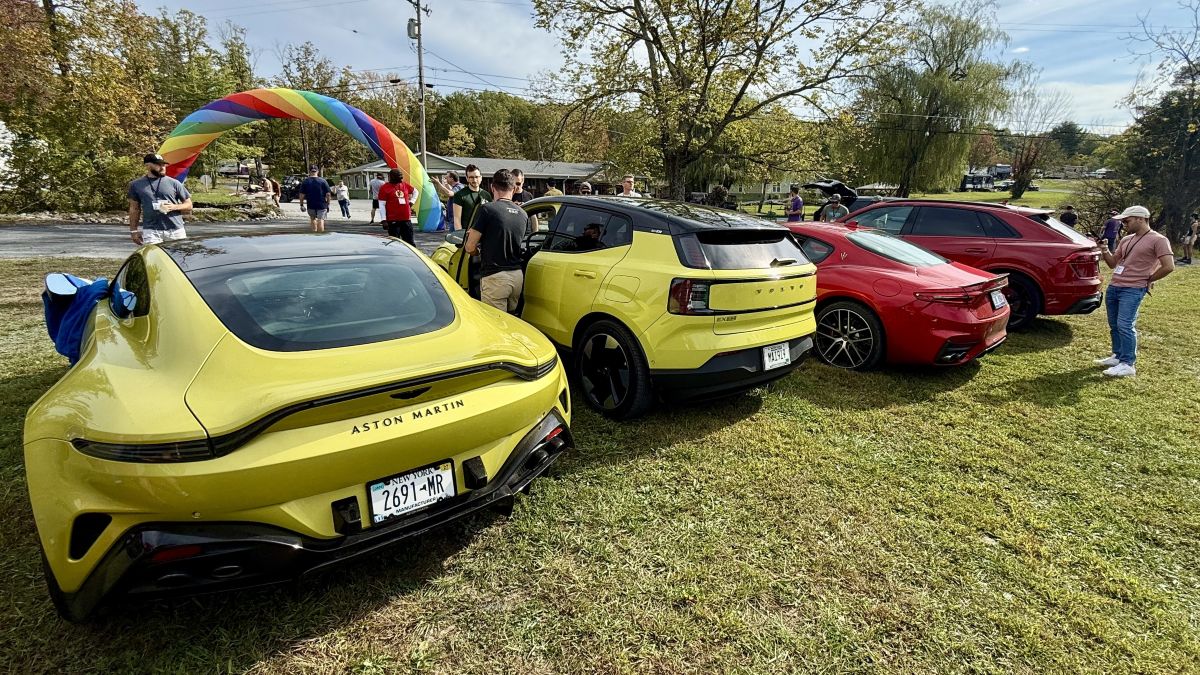
About 100 total vehicles turned out, all of which spanned a wide variety of makes, models, and genres. Some of the 150 or so attendees preferred to ride along versus driving their own vehicles—after all, the rally was designed to be a social event above all else. Jake estimated that about a third of the people at the rally were first-timers. Best of all, the event was set up as a “choose your own adventure”-type program. Even the drive groups were customized according to a target pace/speed. Jake said, “This wasn’t at all a race. We have actual events at racetracks for anyone who really wants to go fast.”
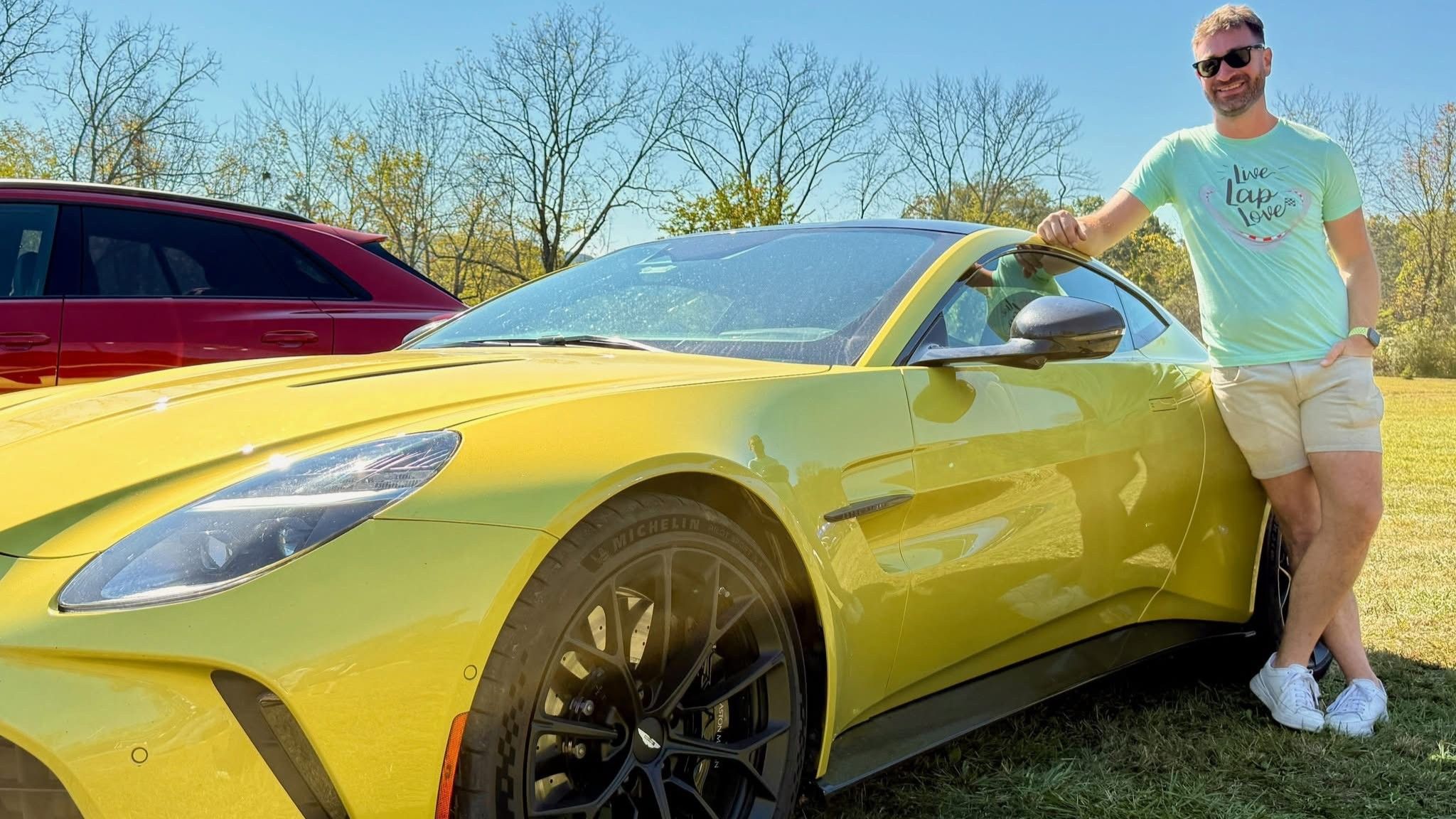
Jake said he was proud of the variety of vehicles that came out, naming off a few of the more obscure examples like a Mitsubishi Evo station wagon, a variety of Saabs, and even a Ford Edge Sport. “We have a spread of age, gender, and interests,” he said, emphasizing that the conversation wasn’t always about the cars—it was more like a reunion of friends.

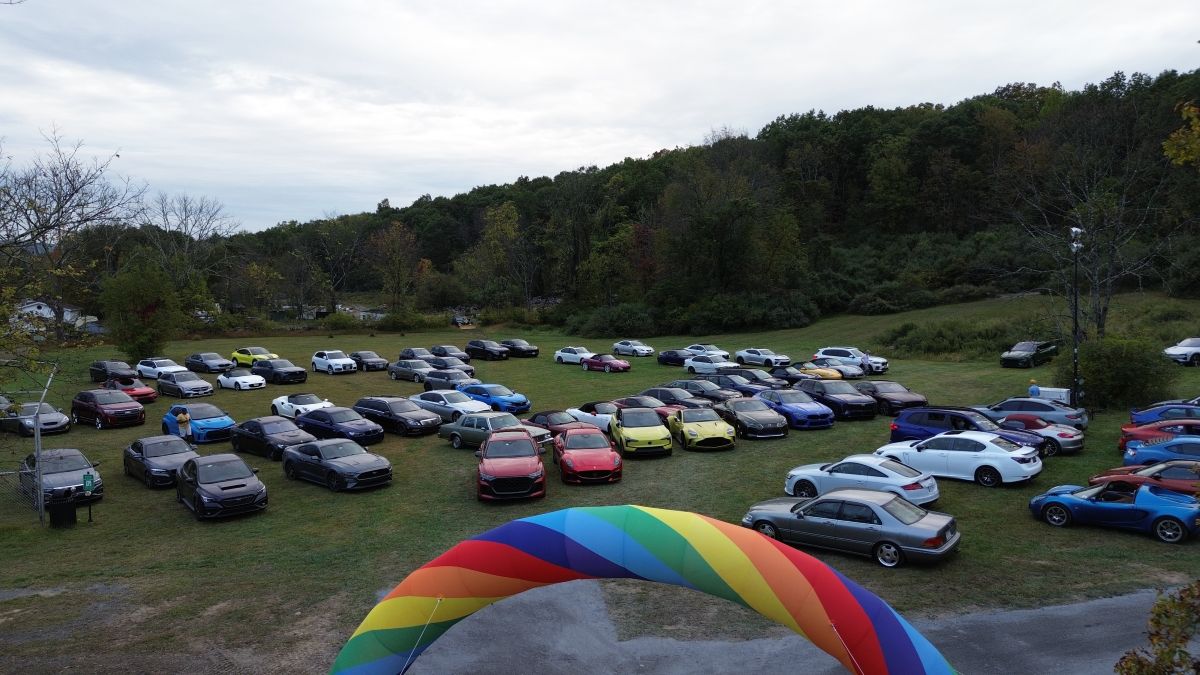
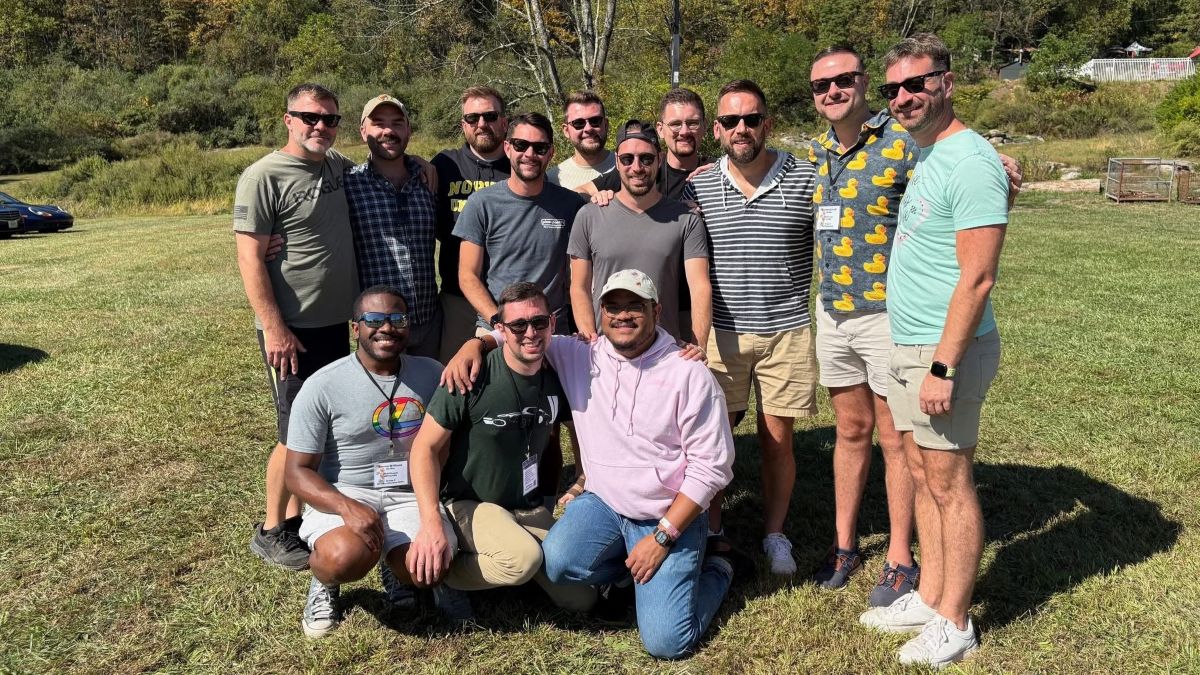

Get connected
The over-arching message that Jake and his team emphasize is that “community matters.” With that in mind, Out Motorsports is working on an exciting calendar of events for 2026. In addition to the in-person programs like the Pumpkin Spice Rally, the organization encourages electronic networking via both a Facebook group and a Discord server. Check out the website here.
We look forward to seeing what kind of events Out Motorsports puts together in the future! Cheers to many more tasty pumpkin spice lattes and spirited drives.

